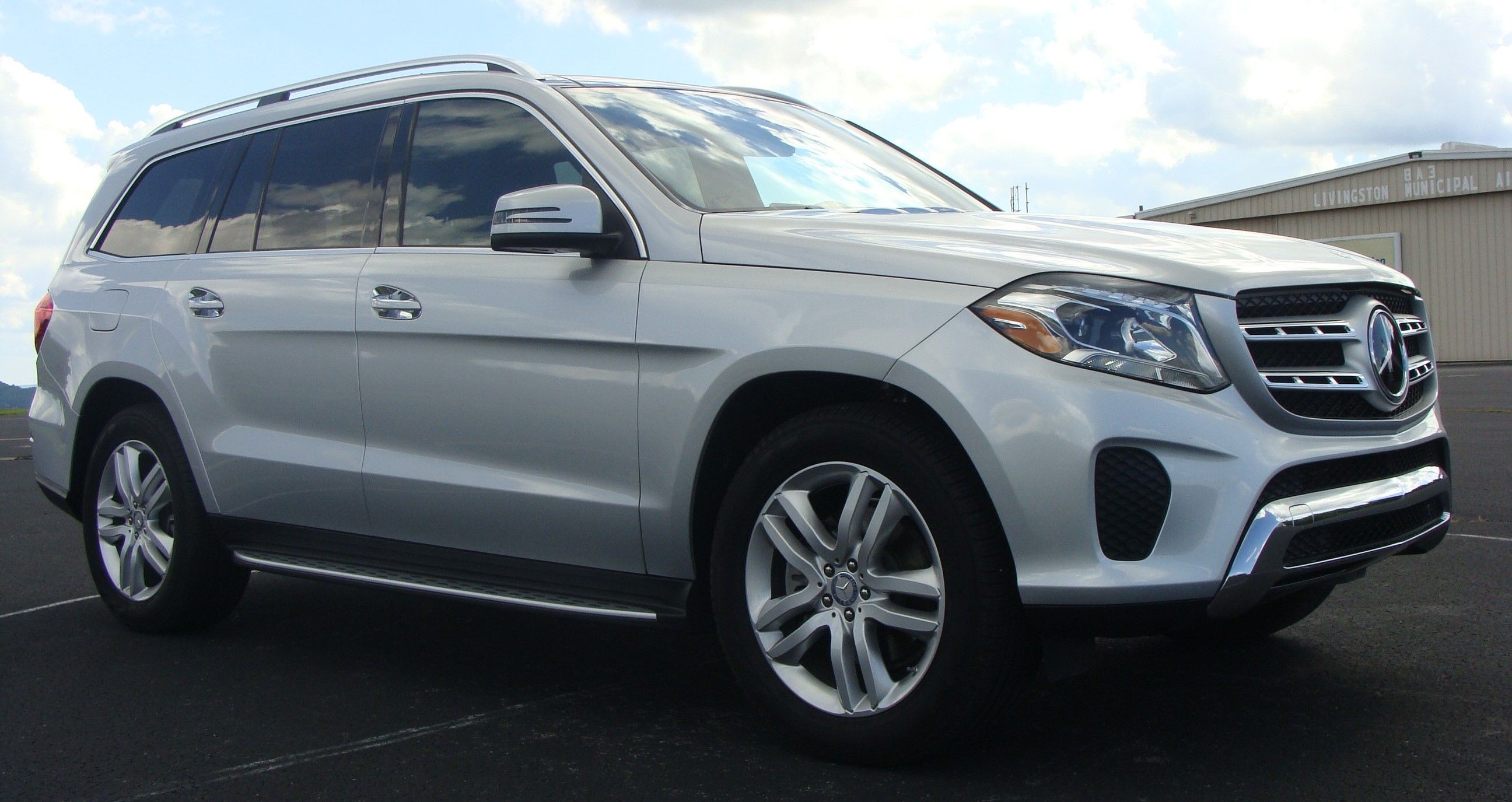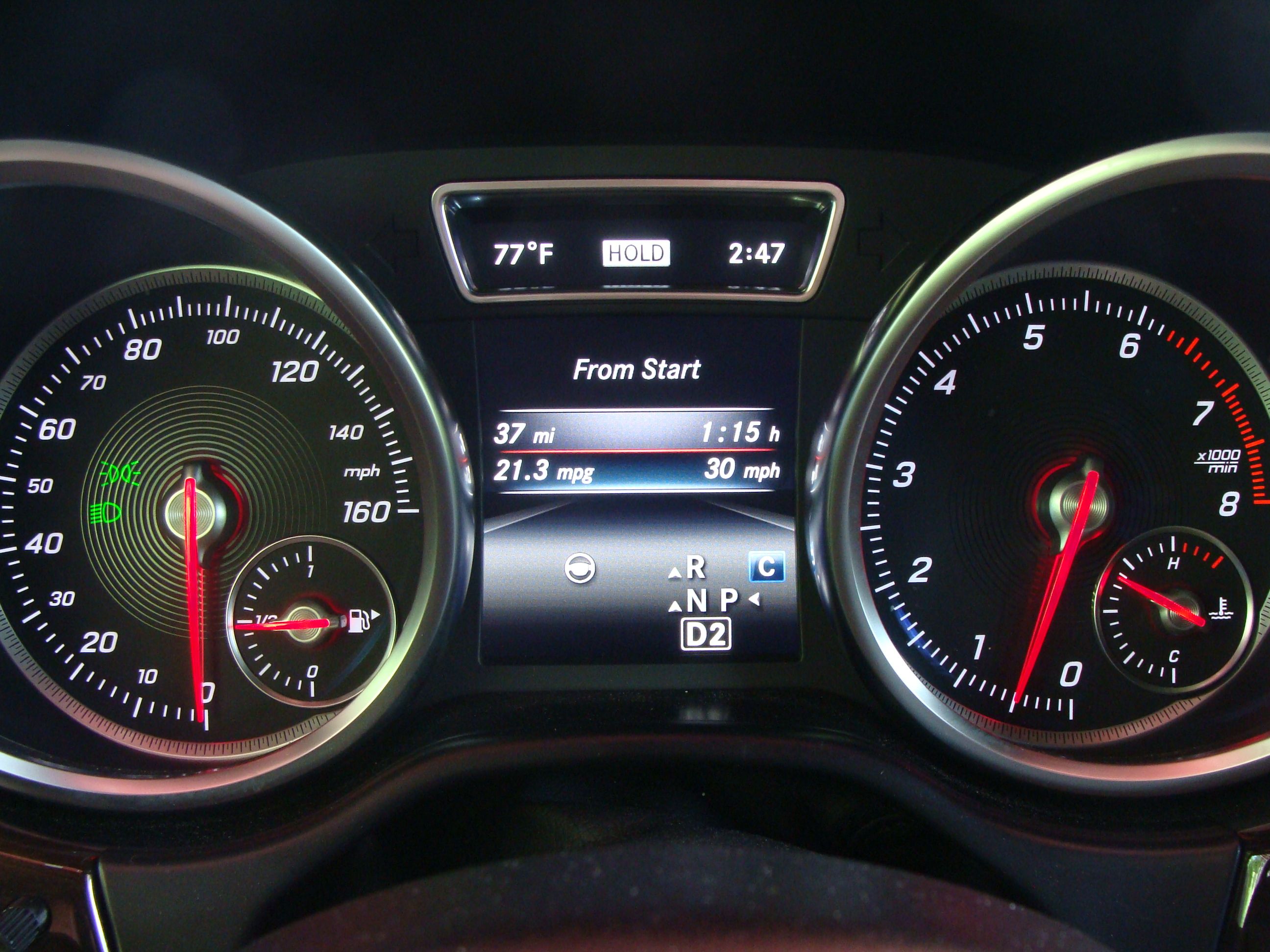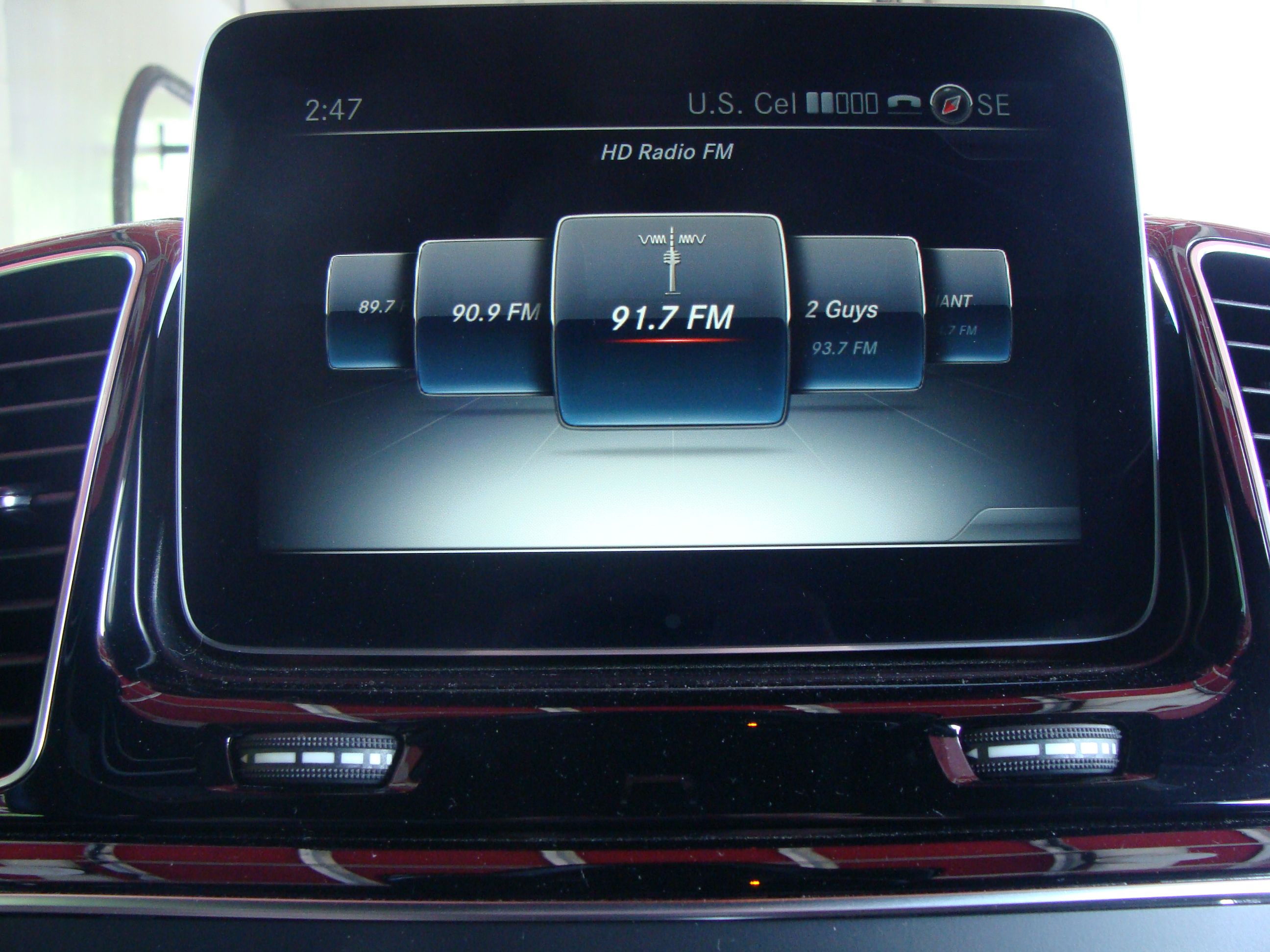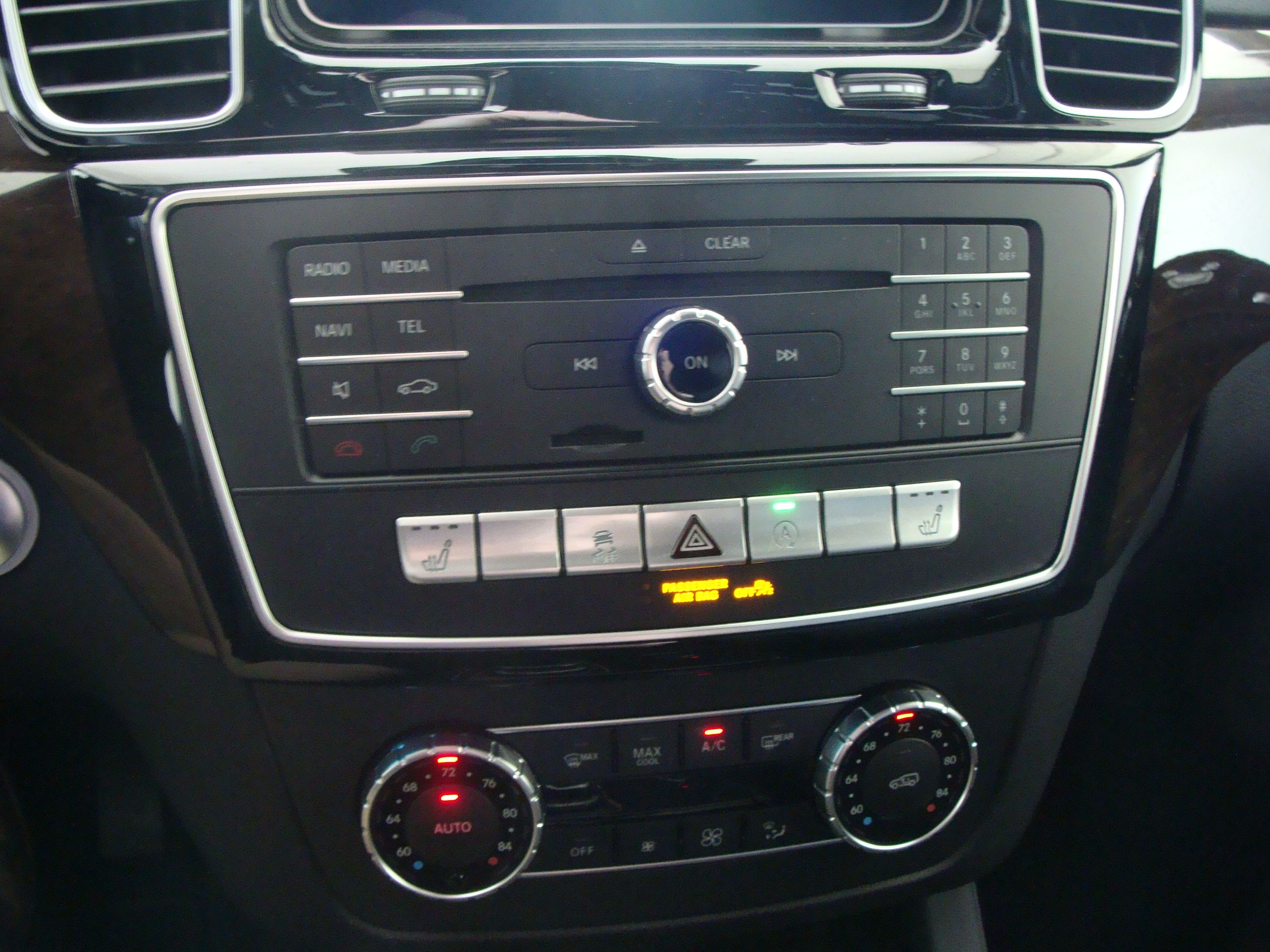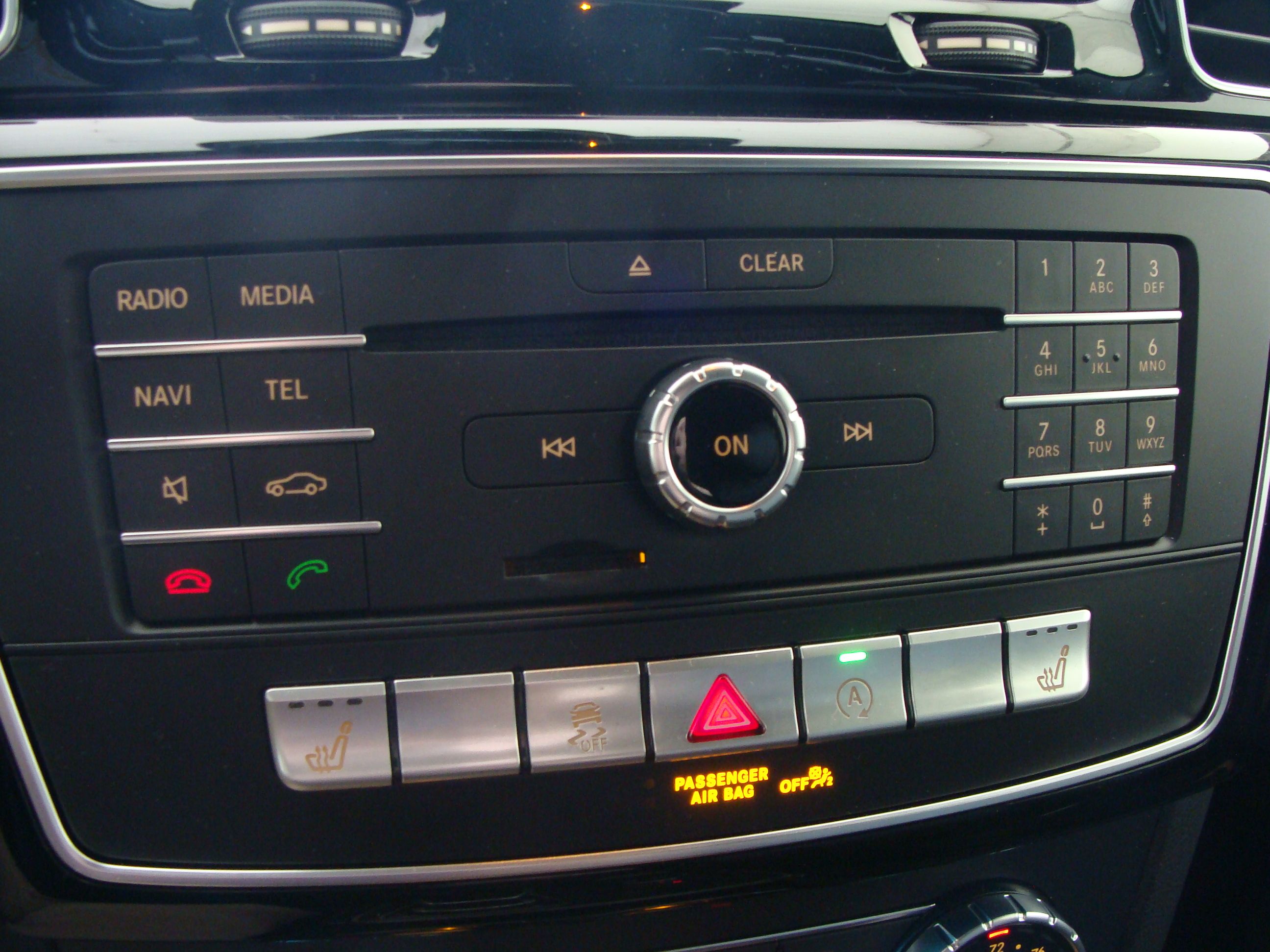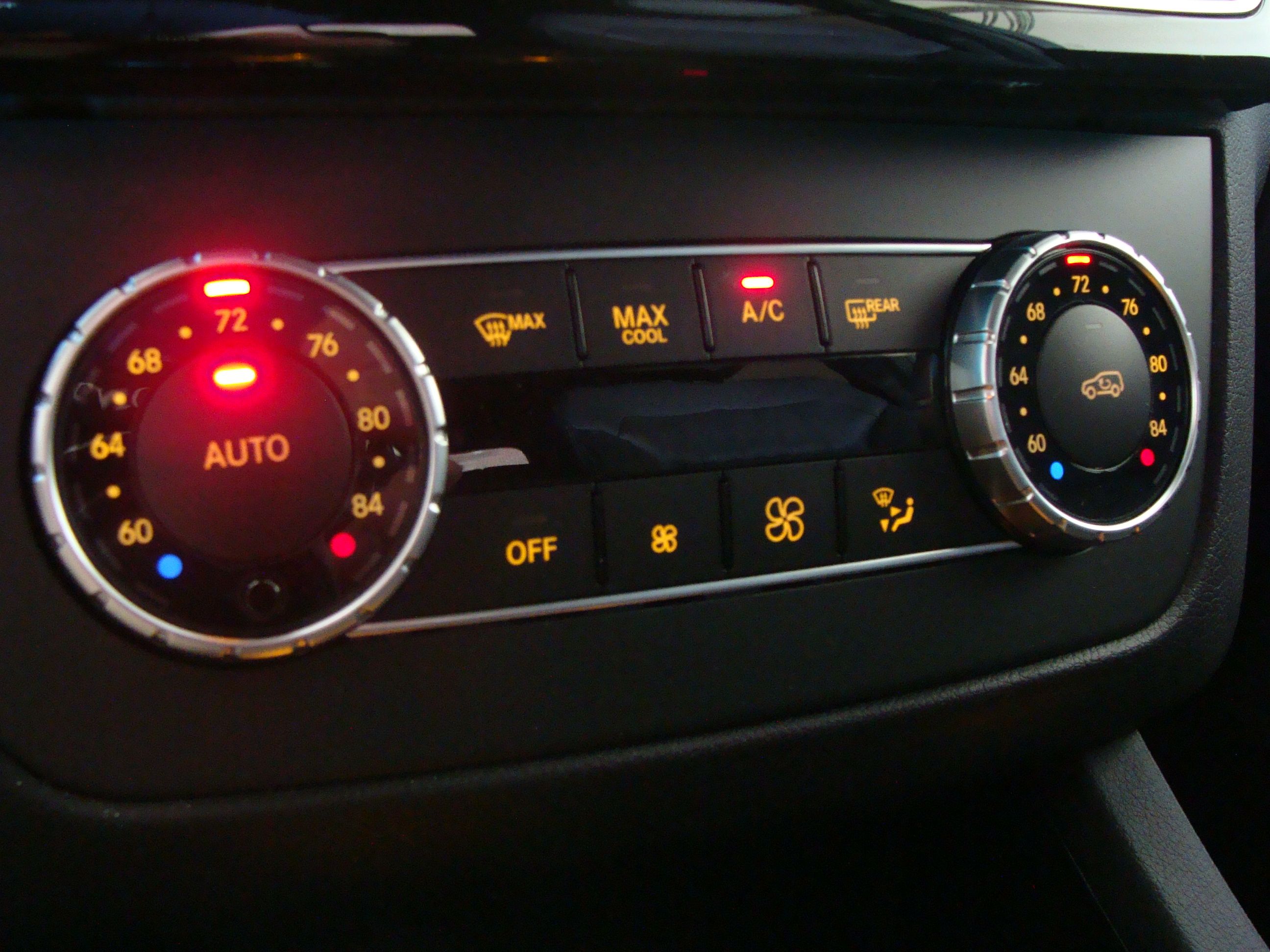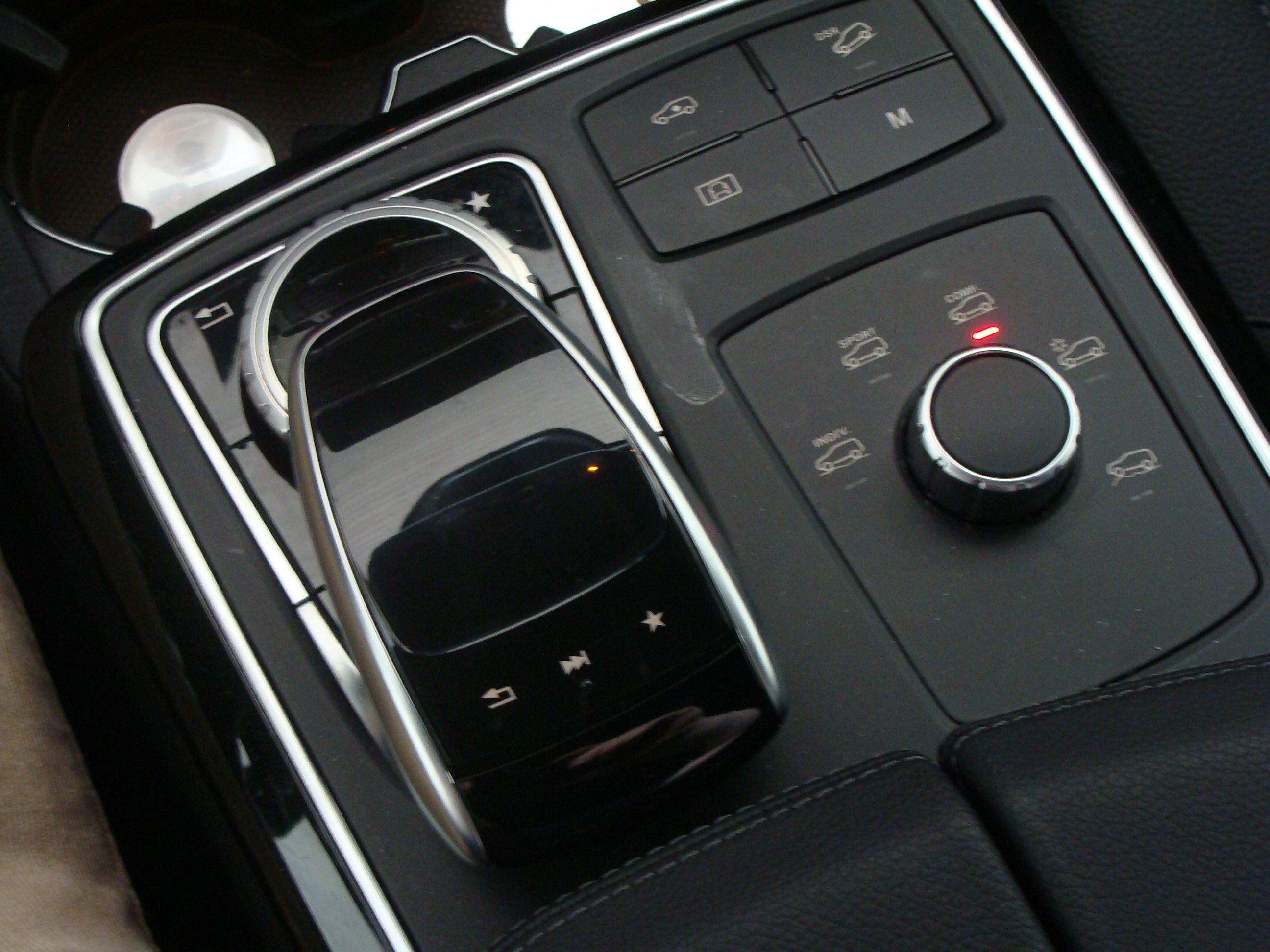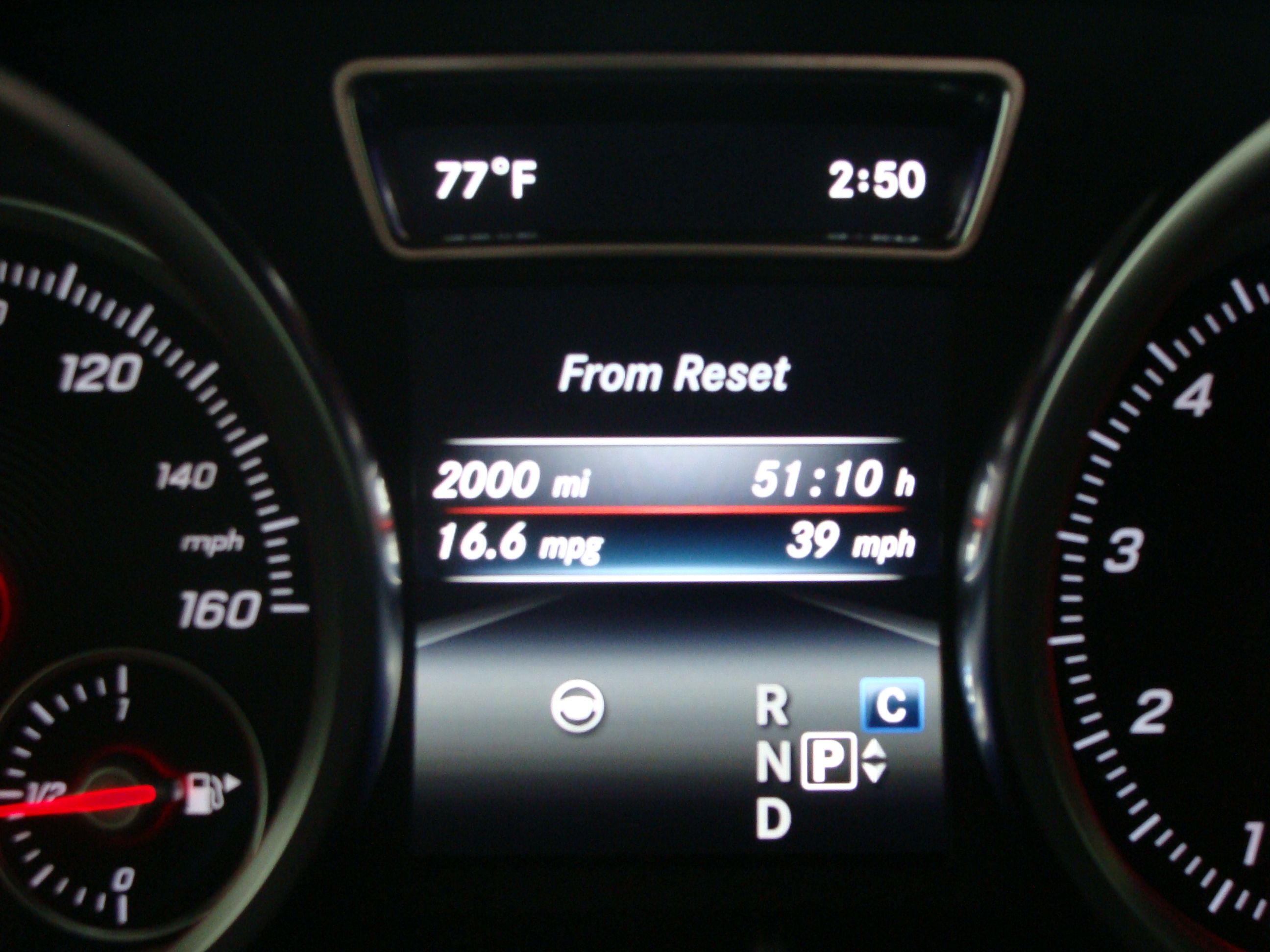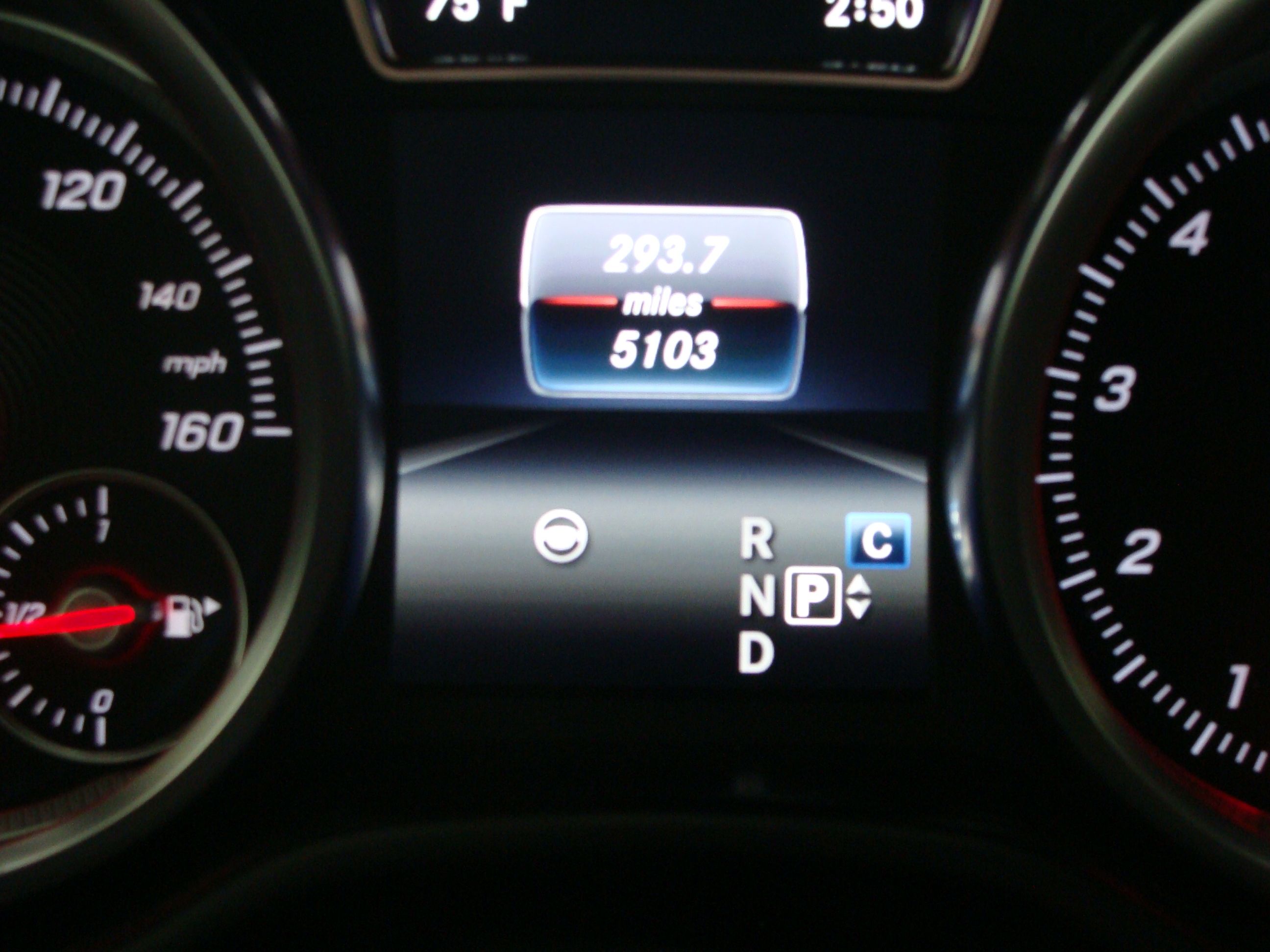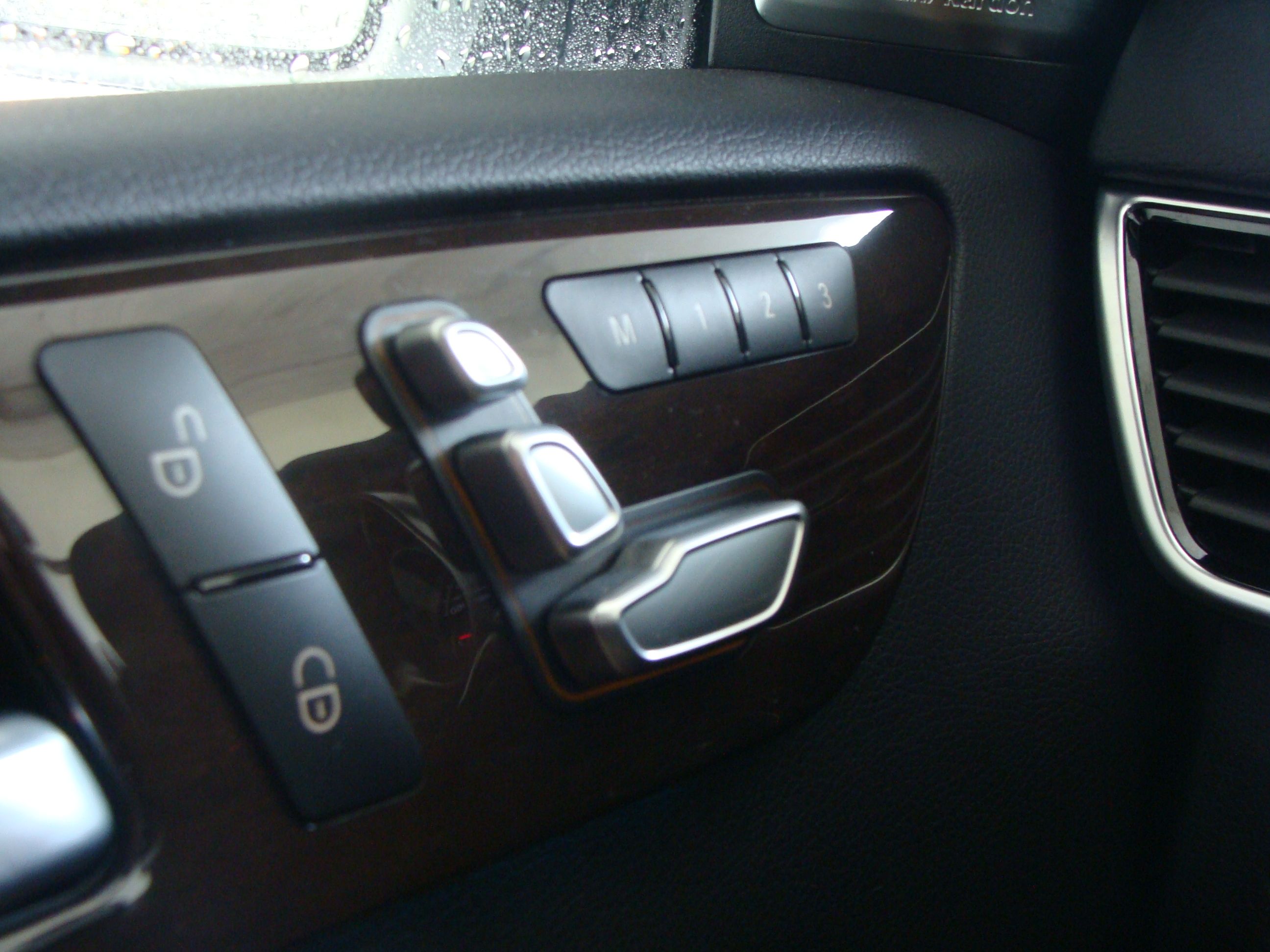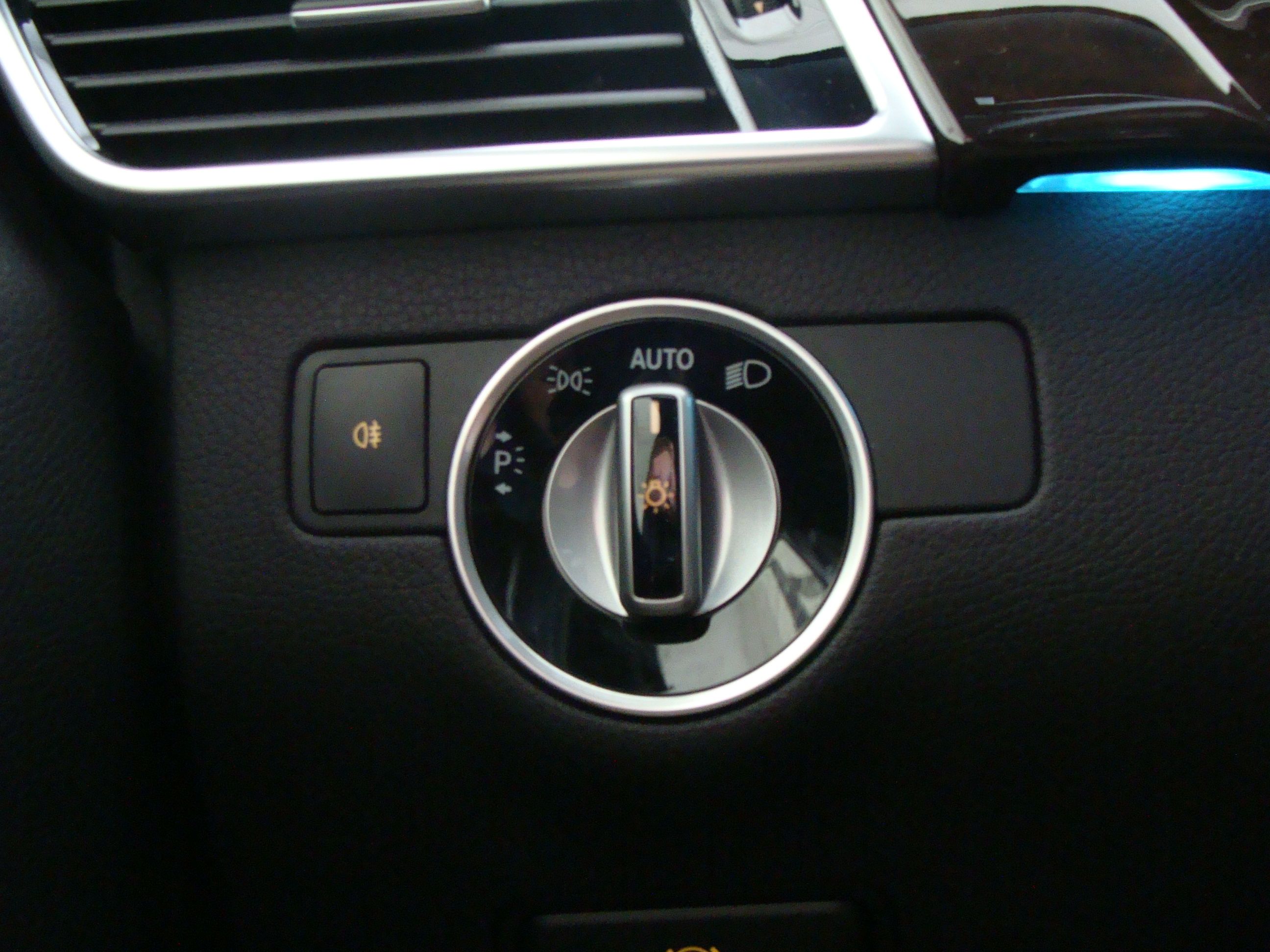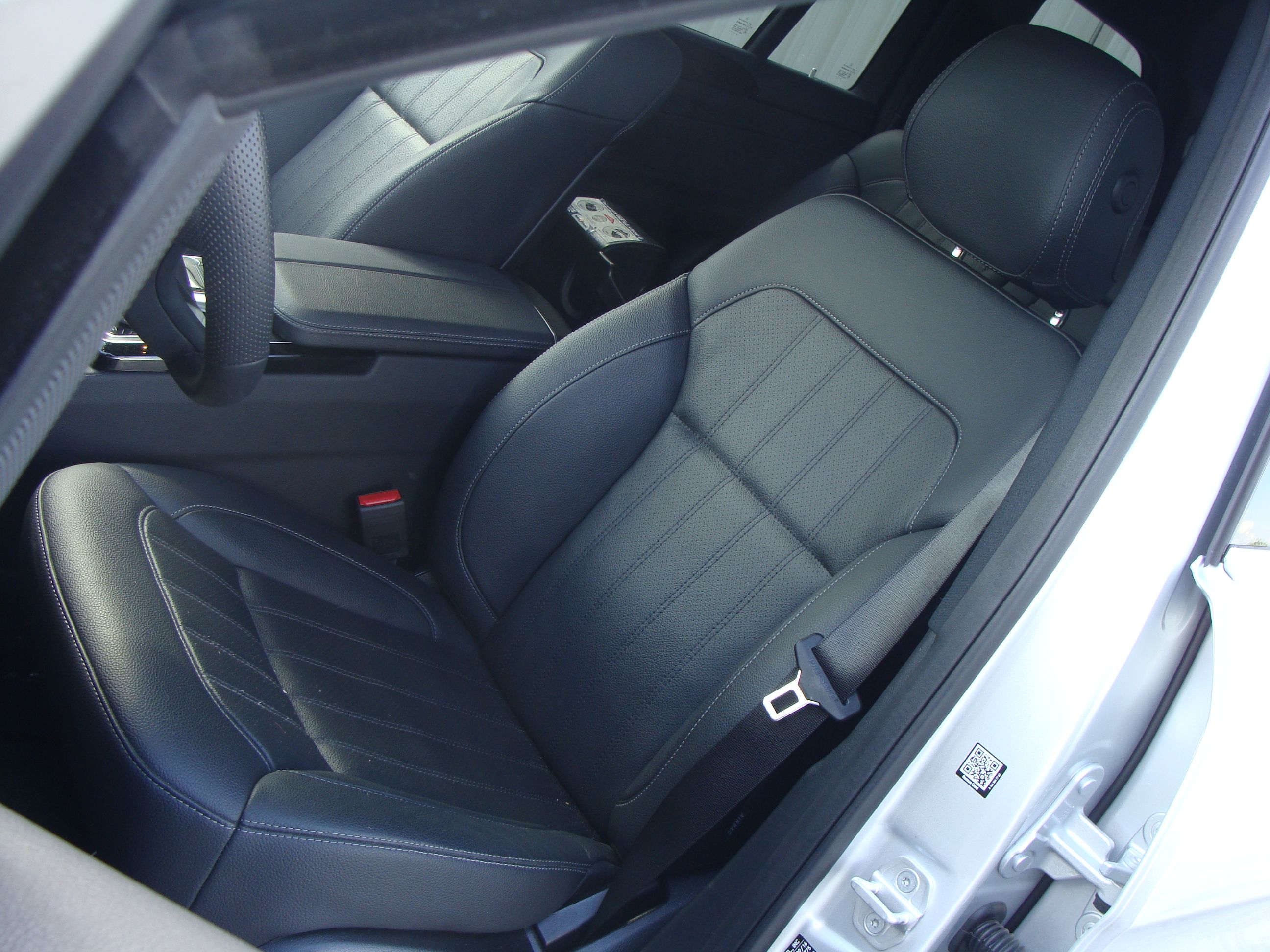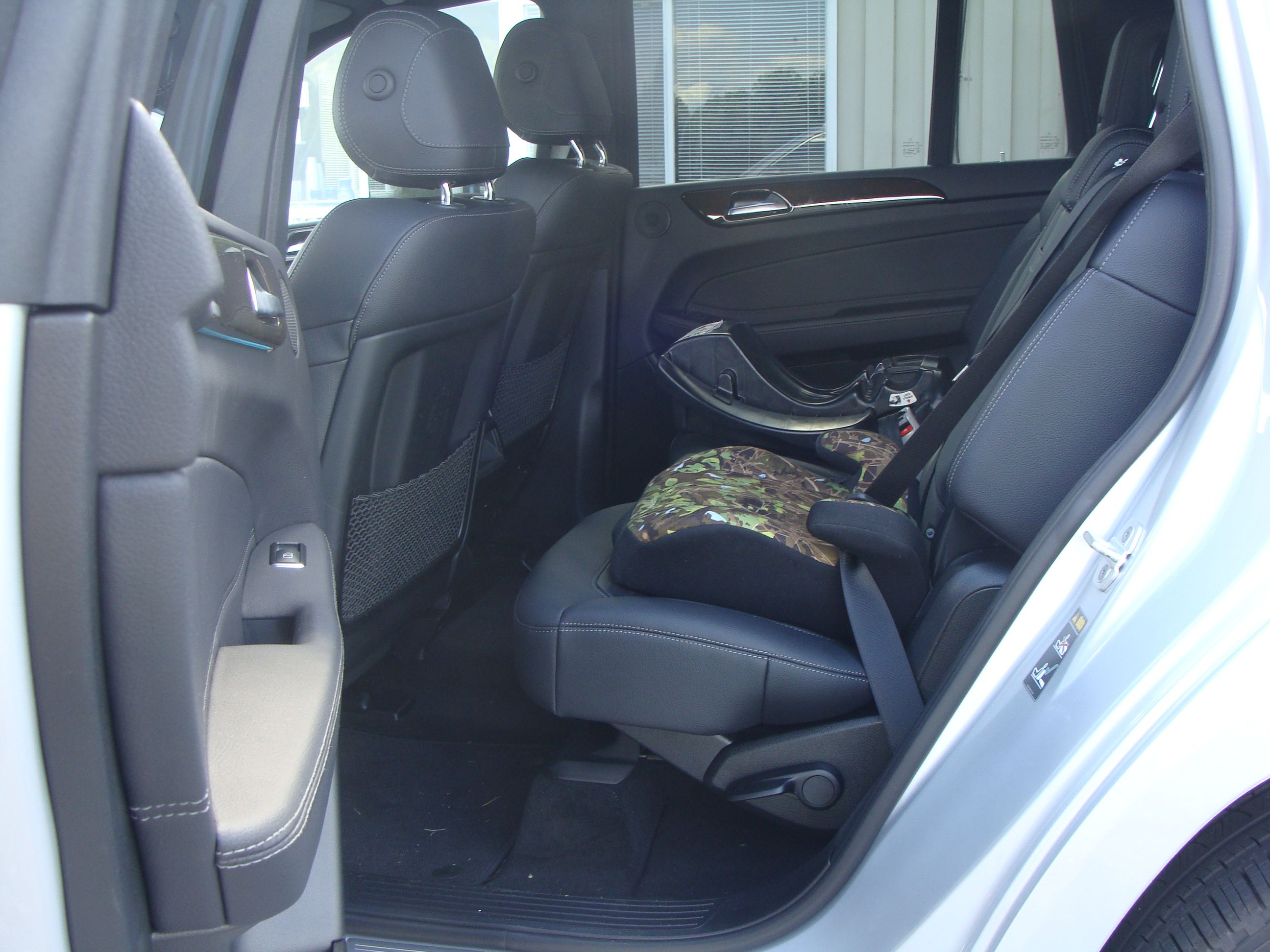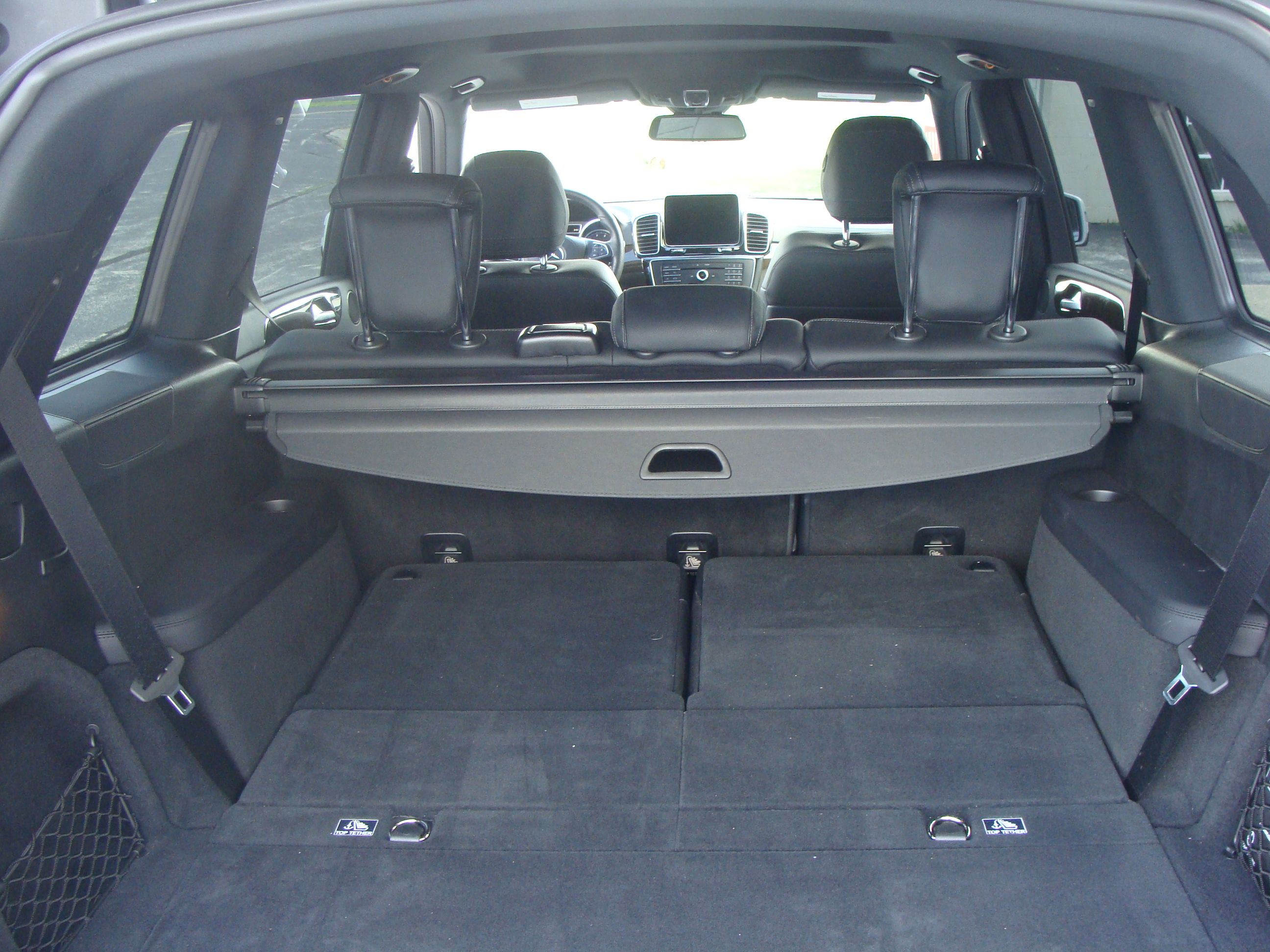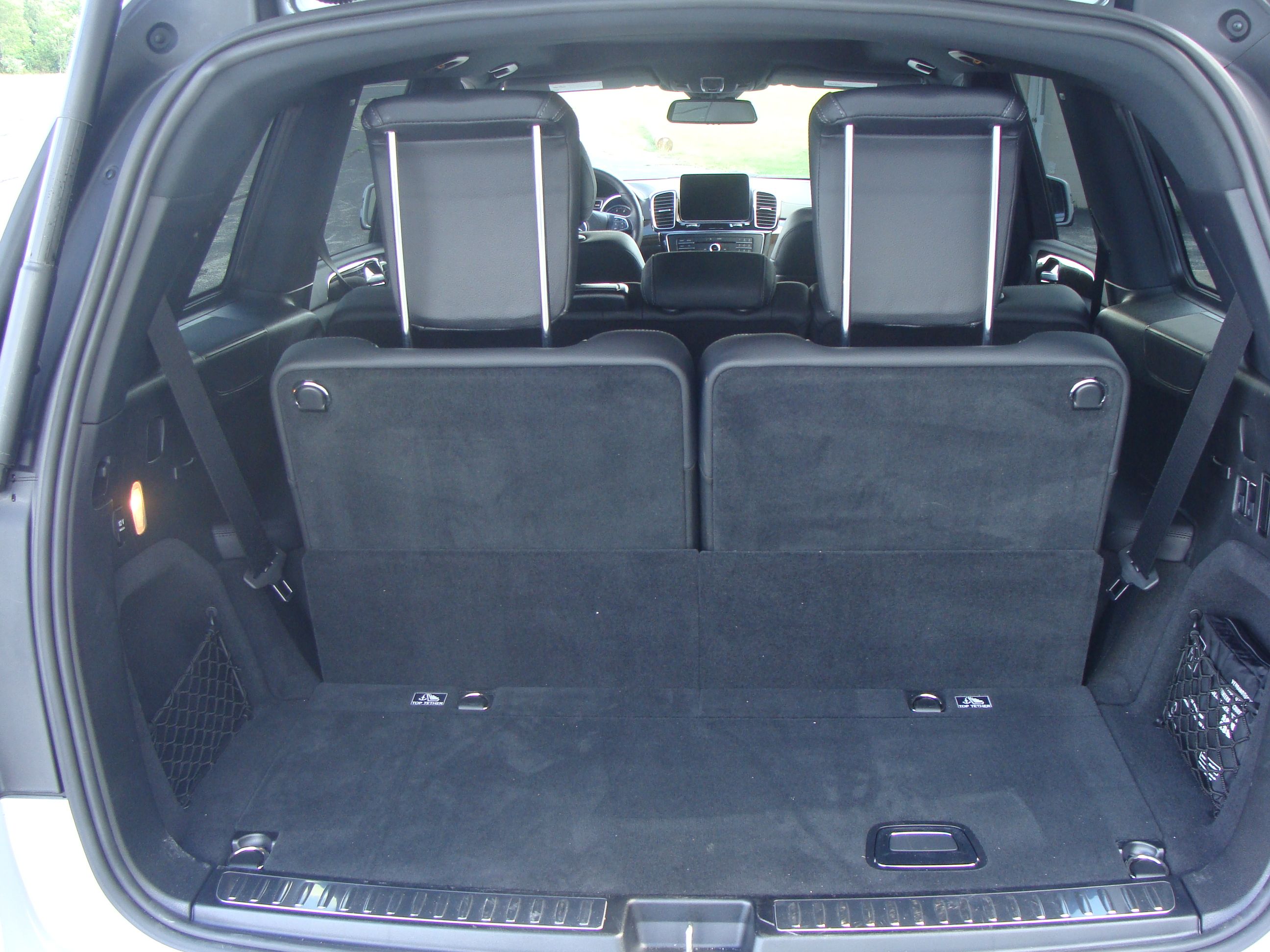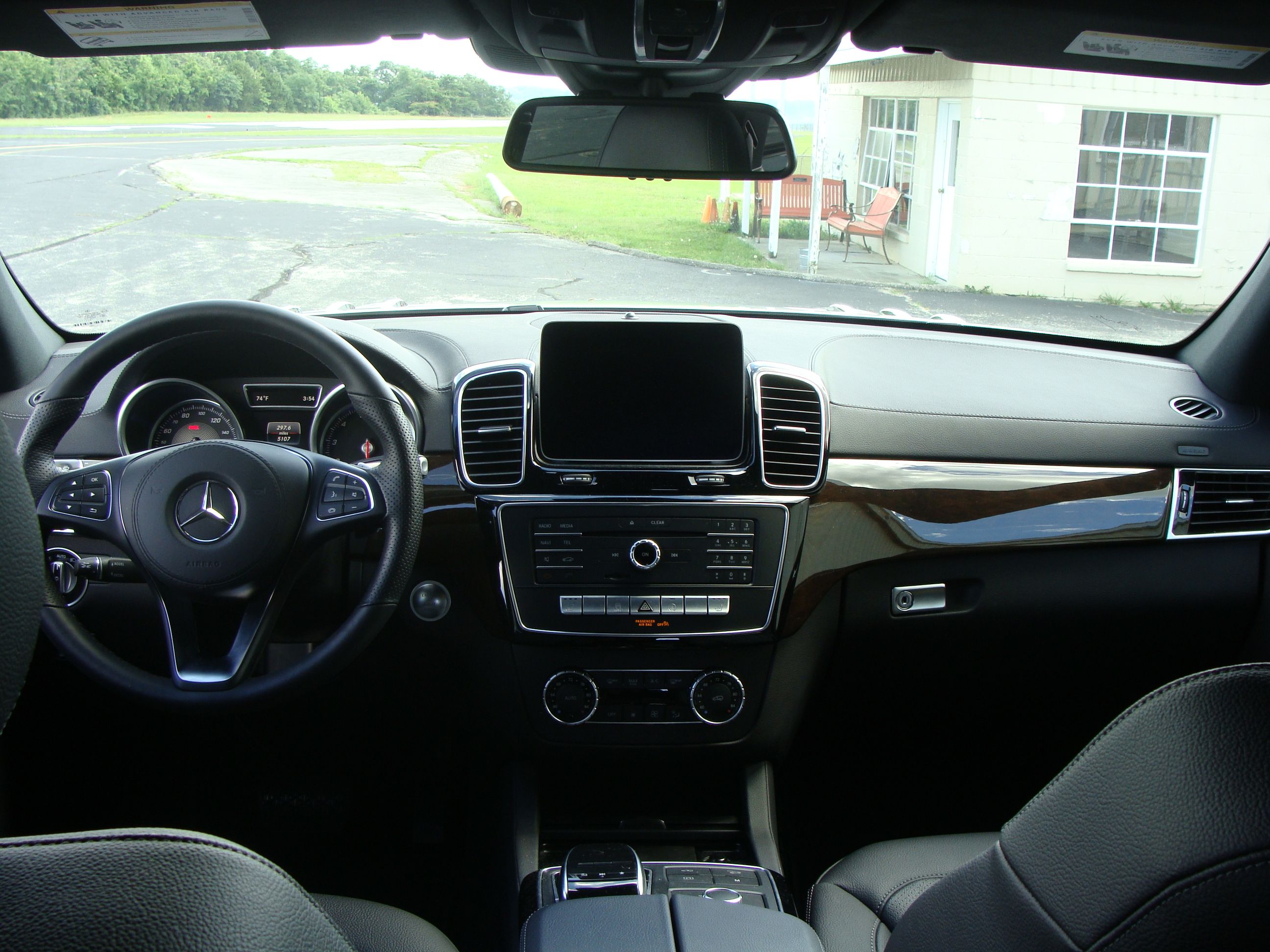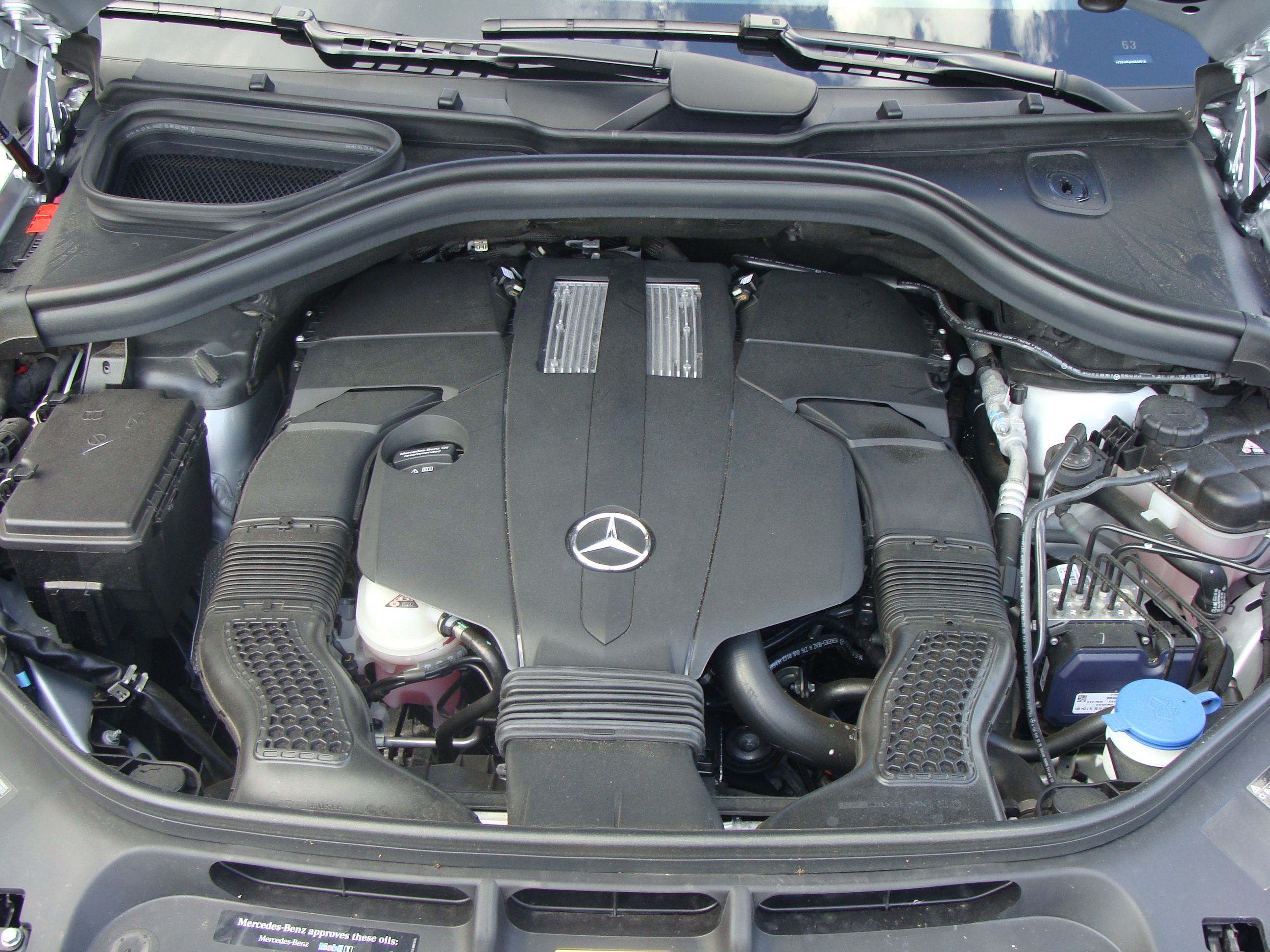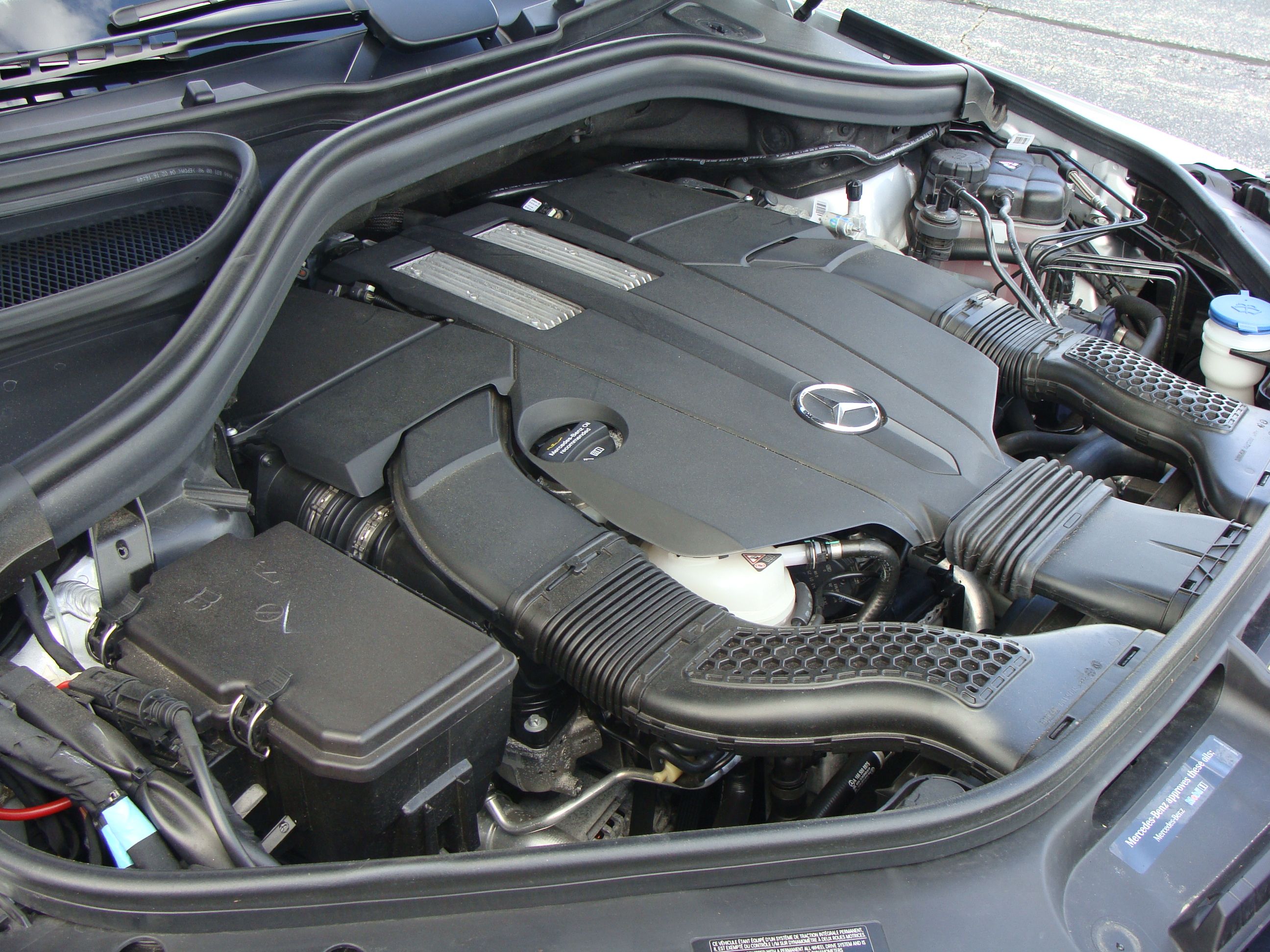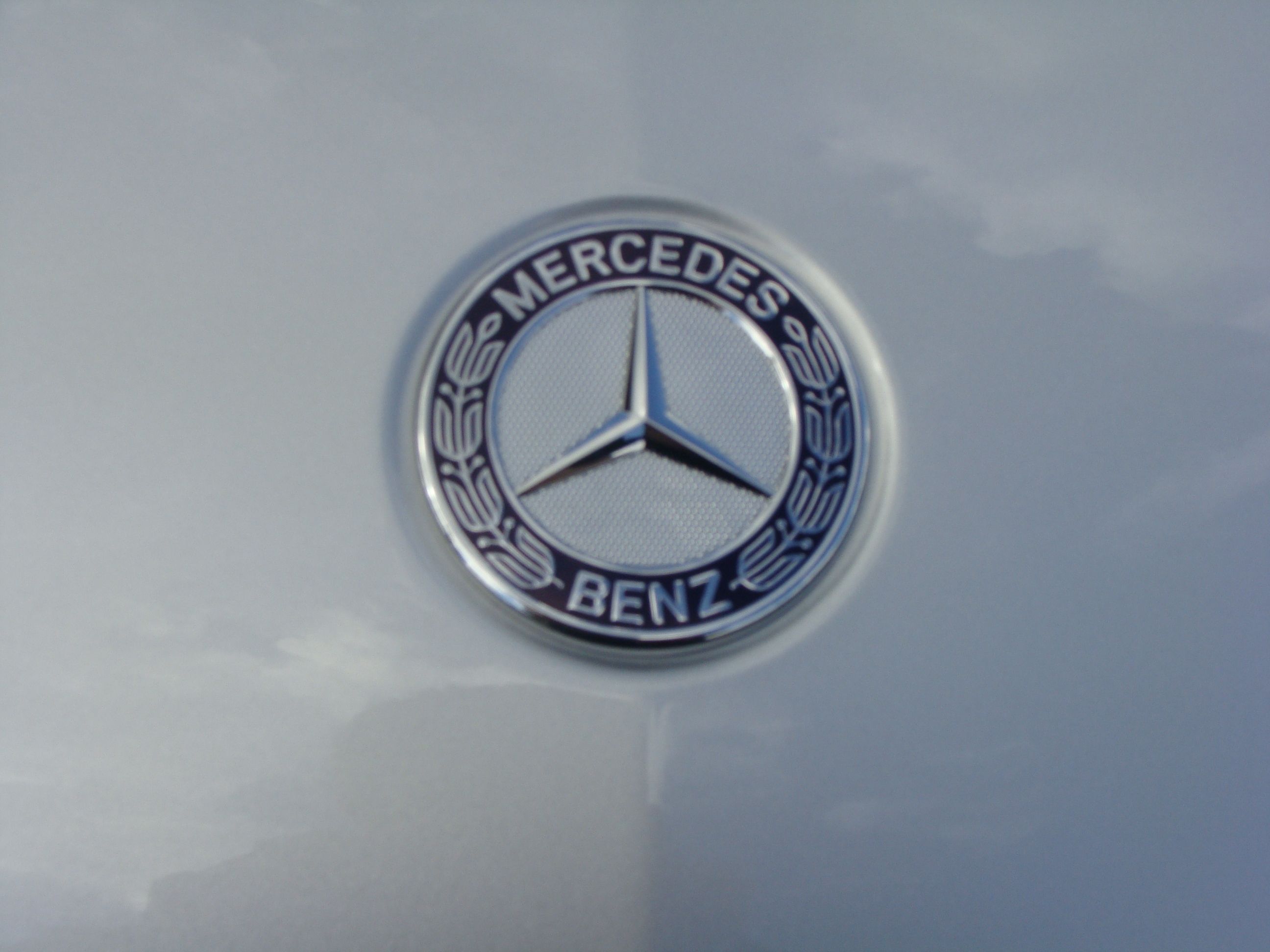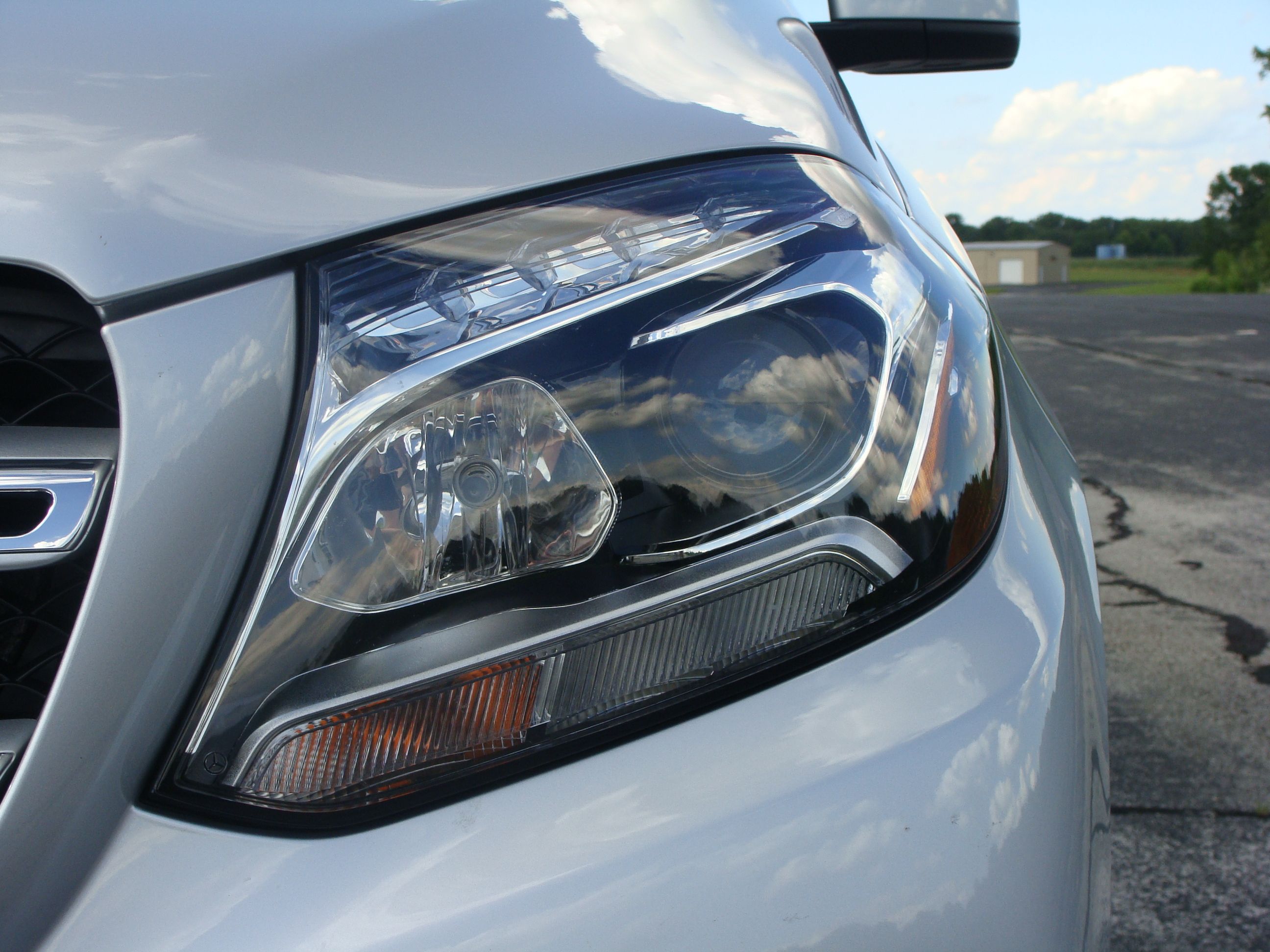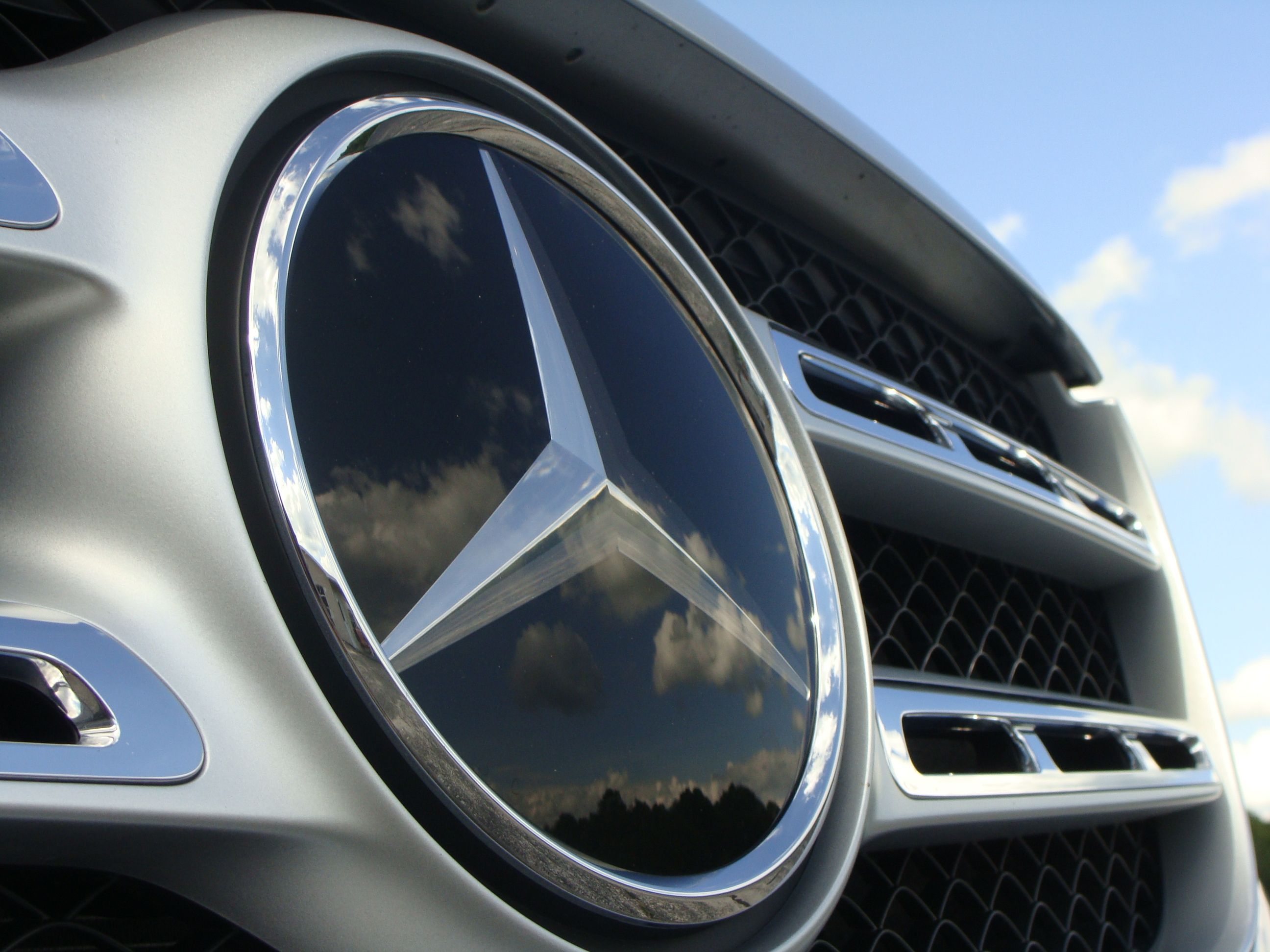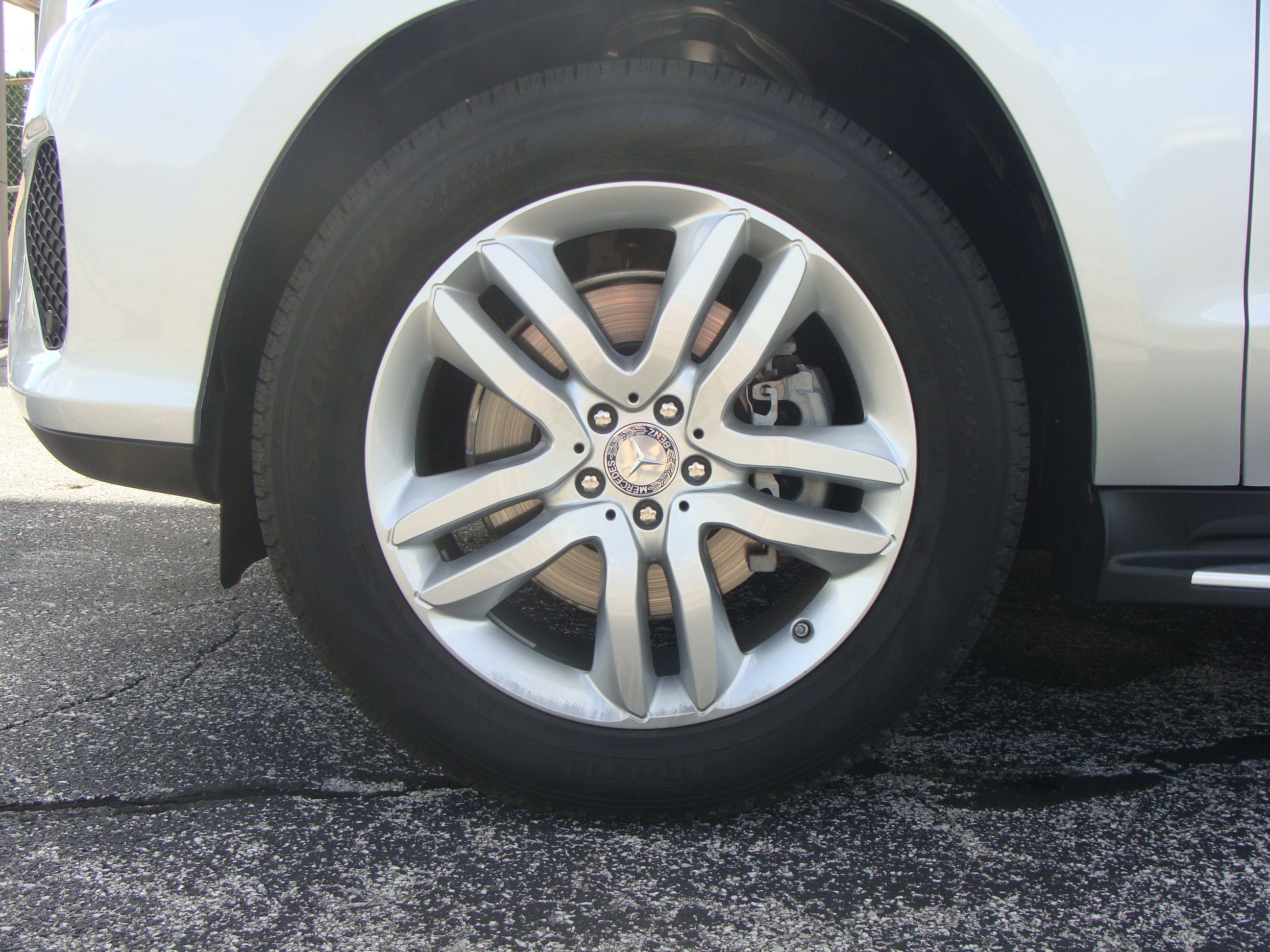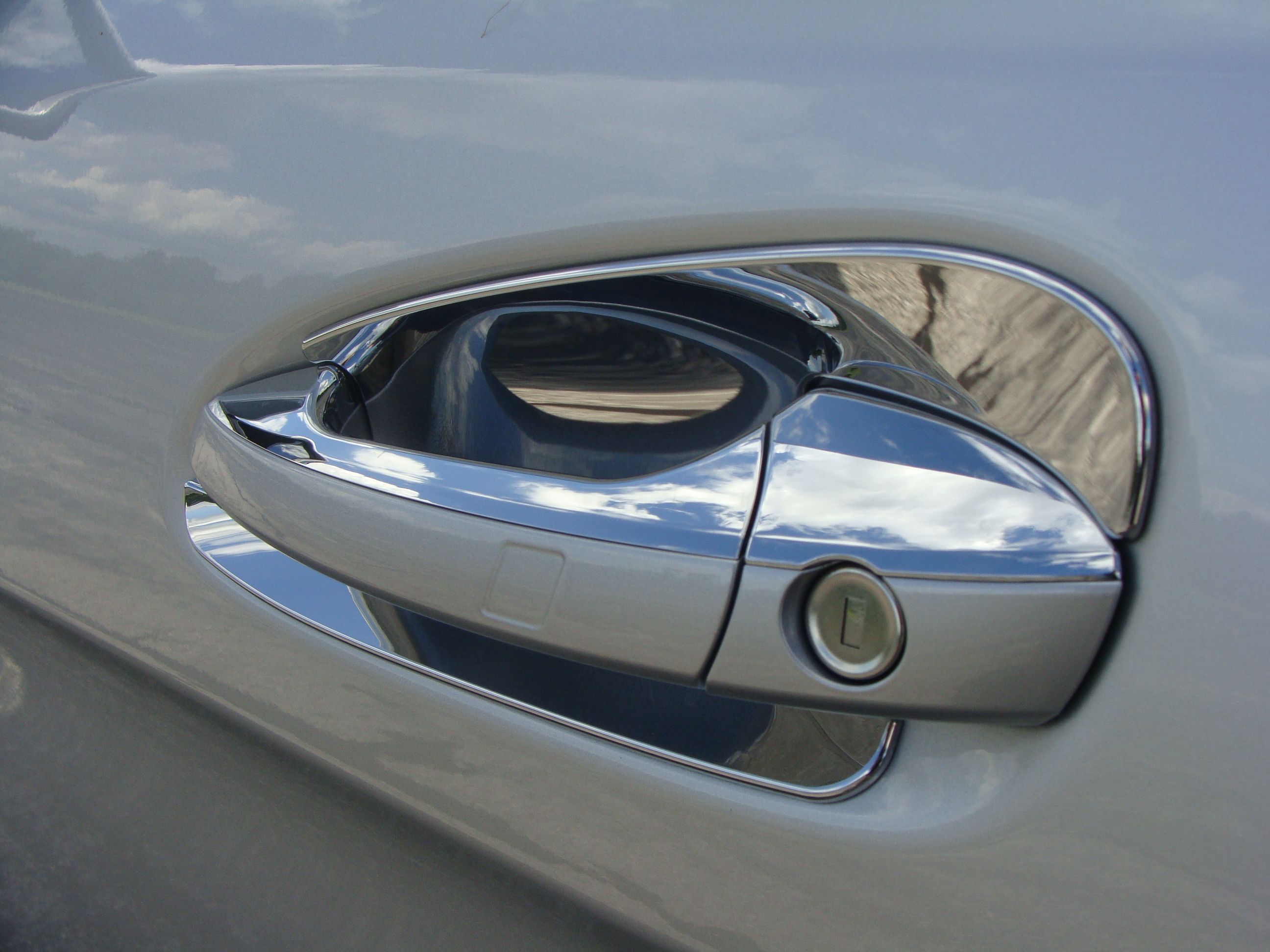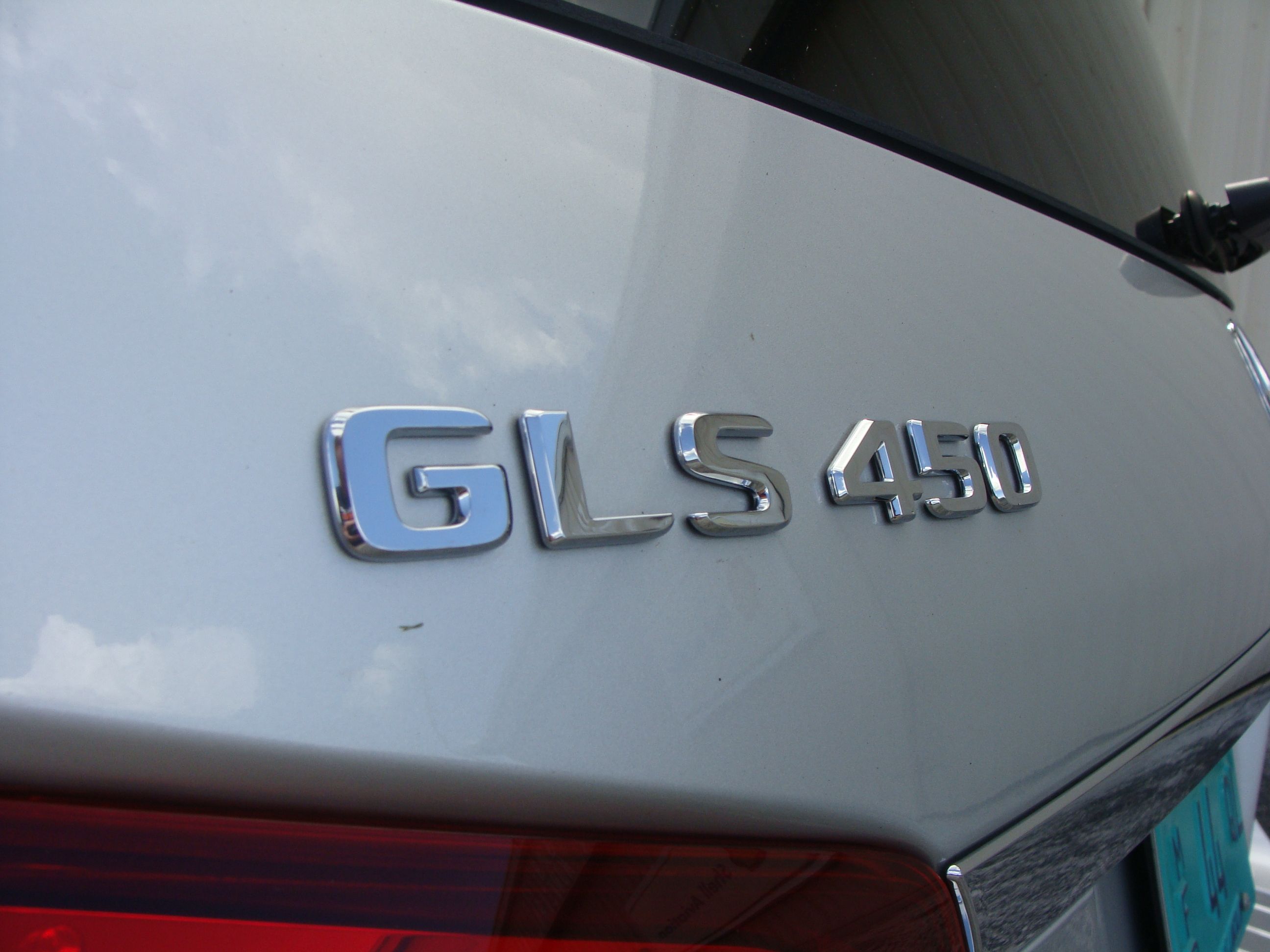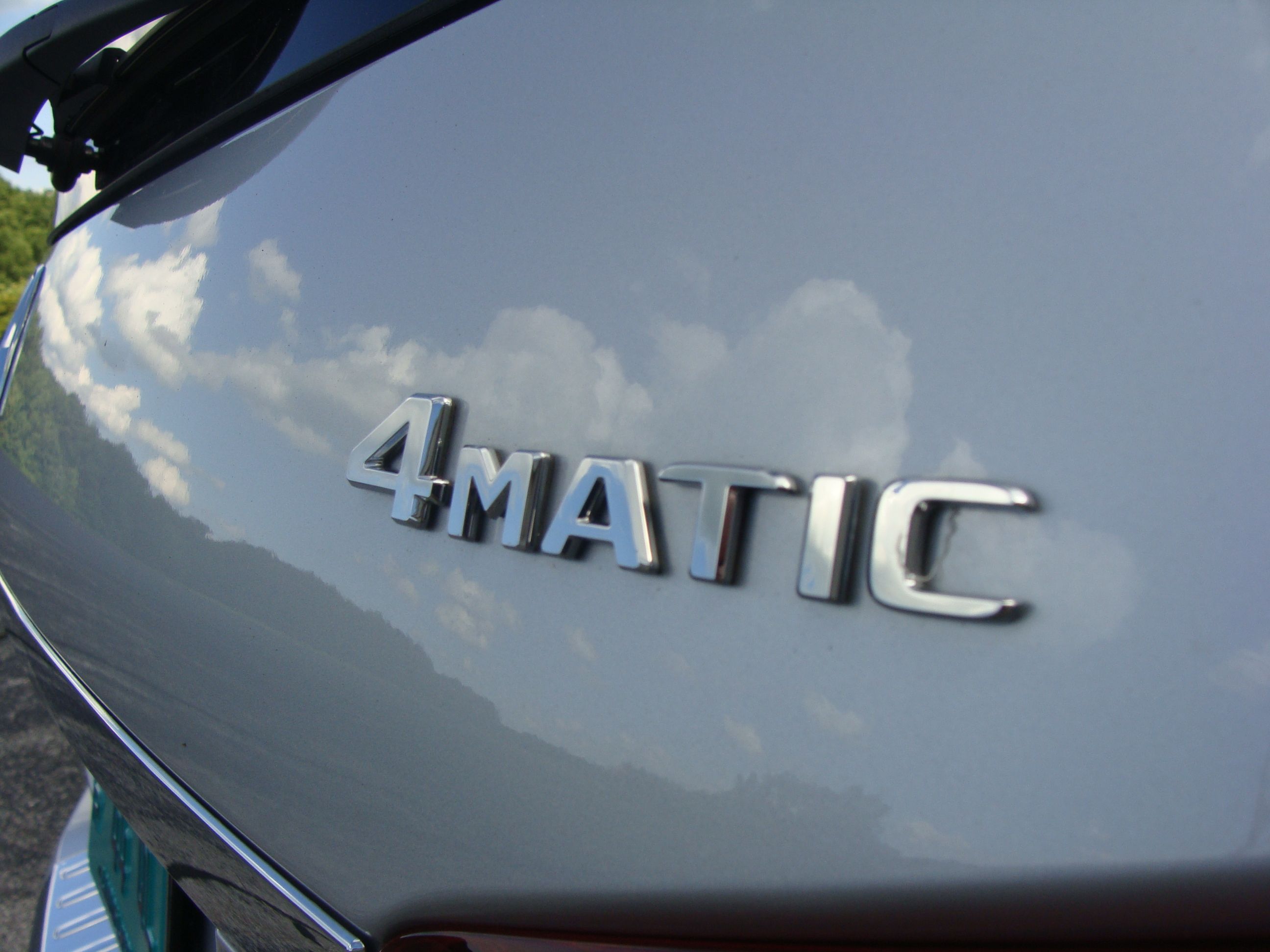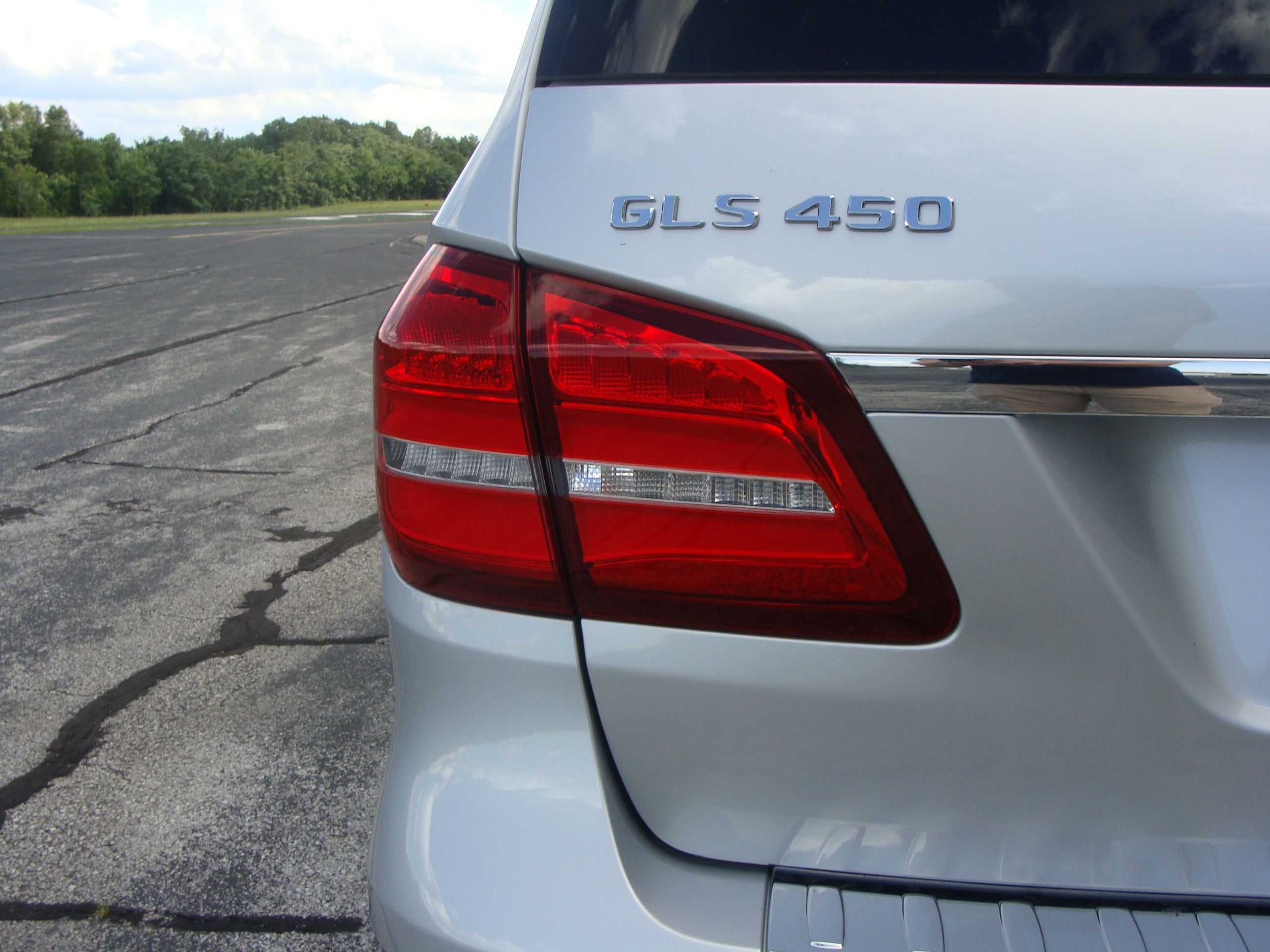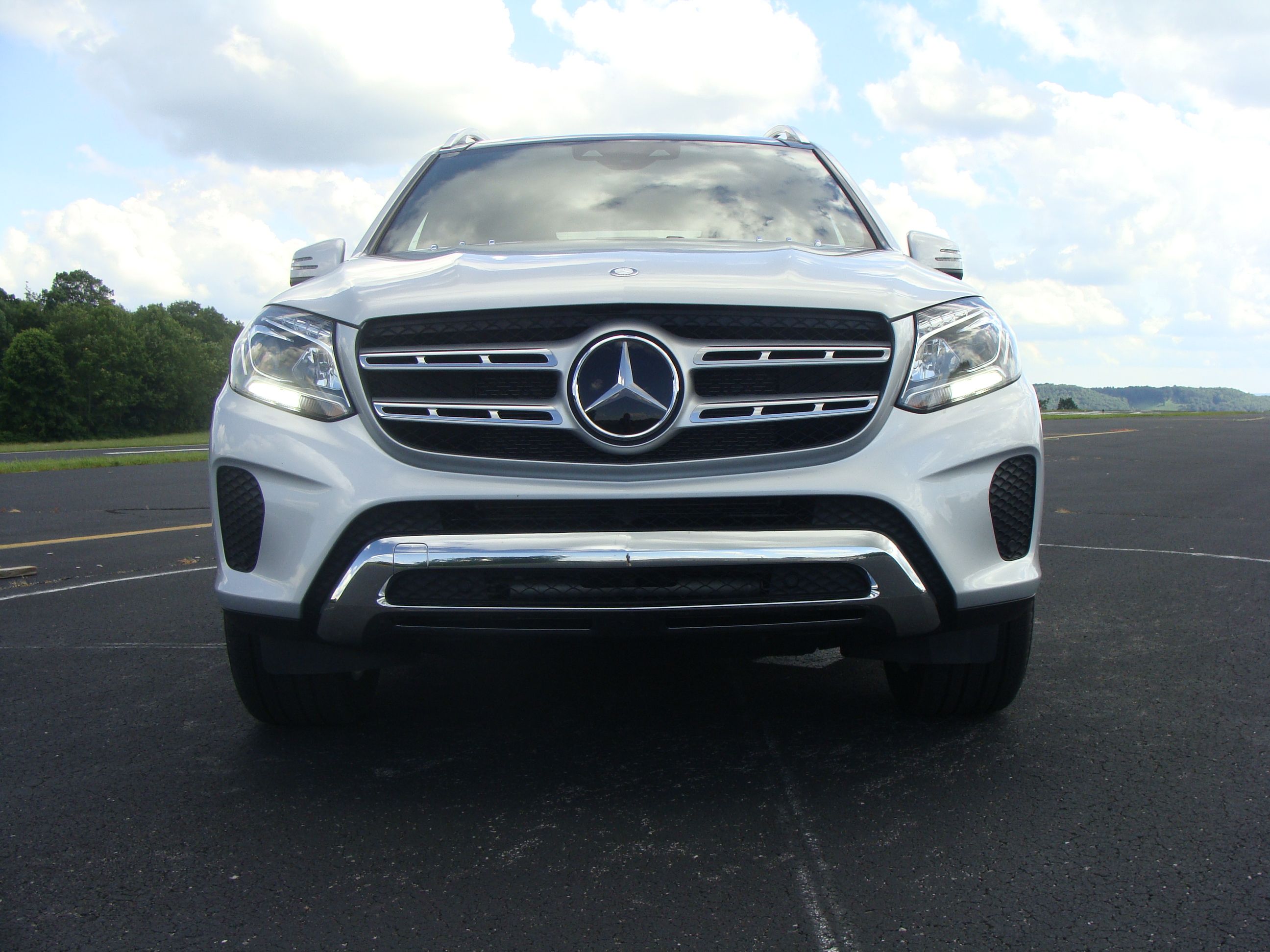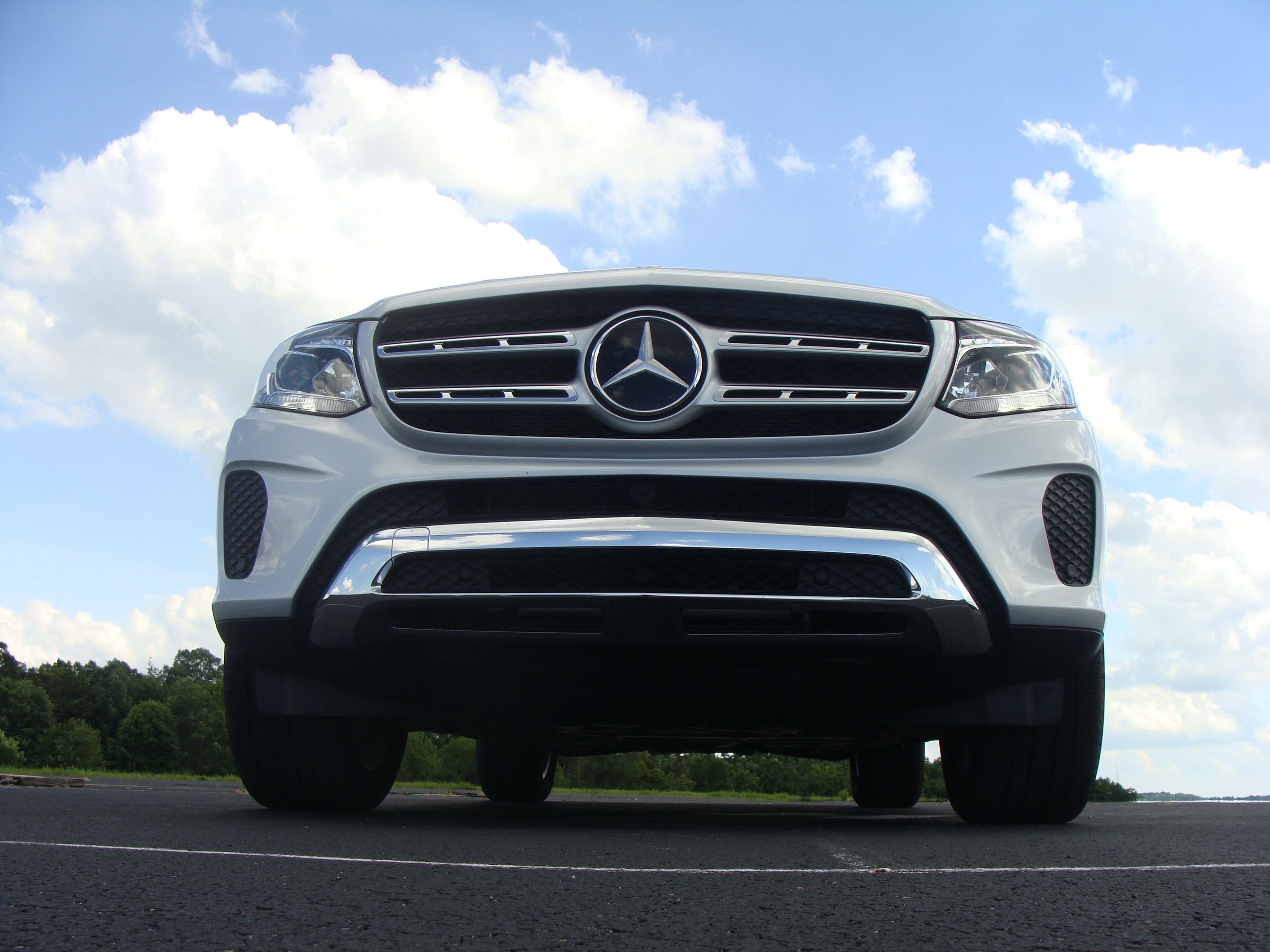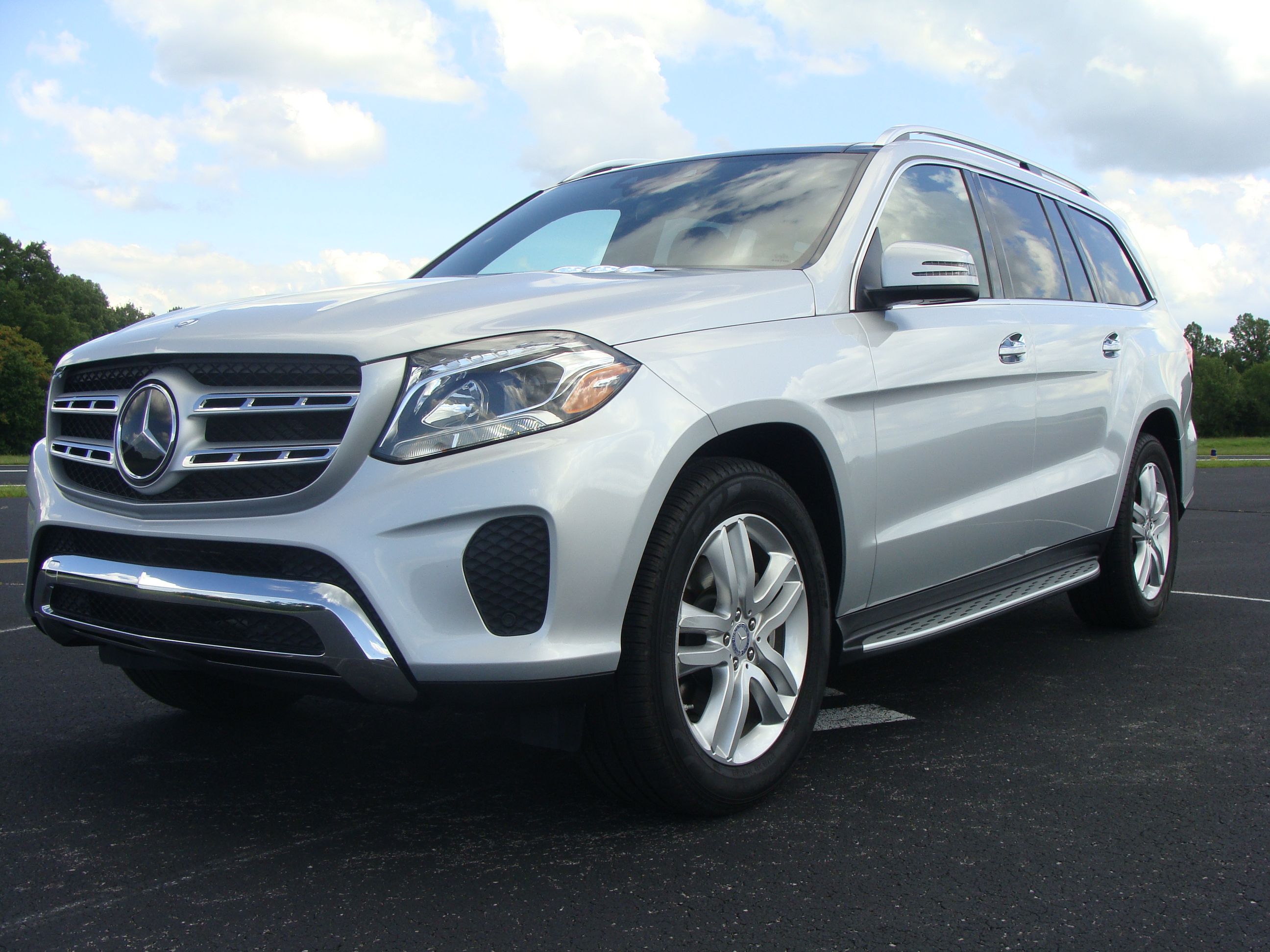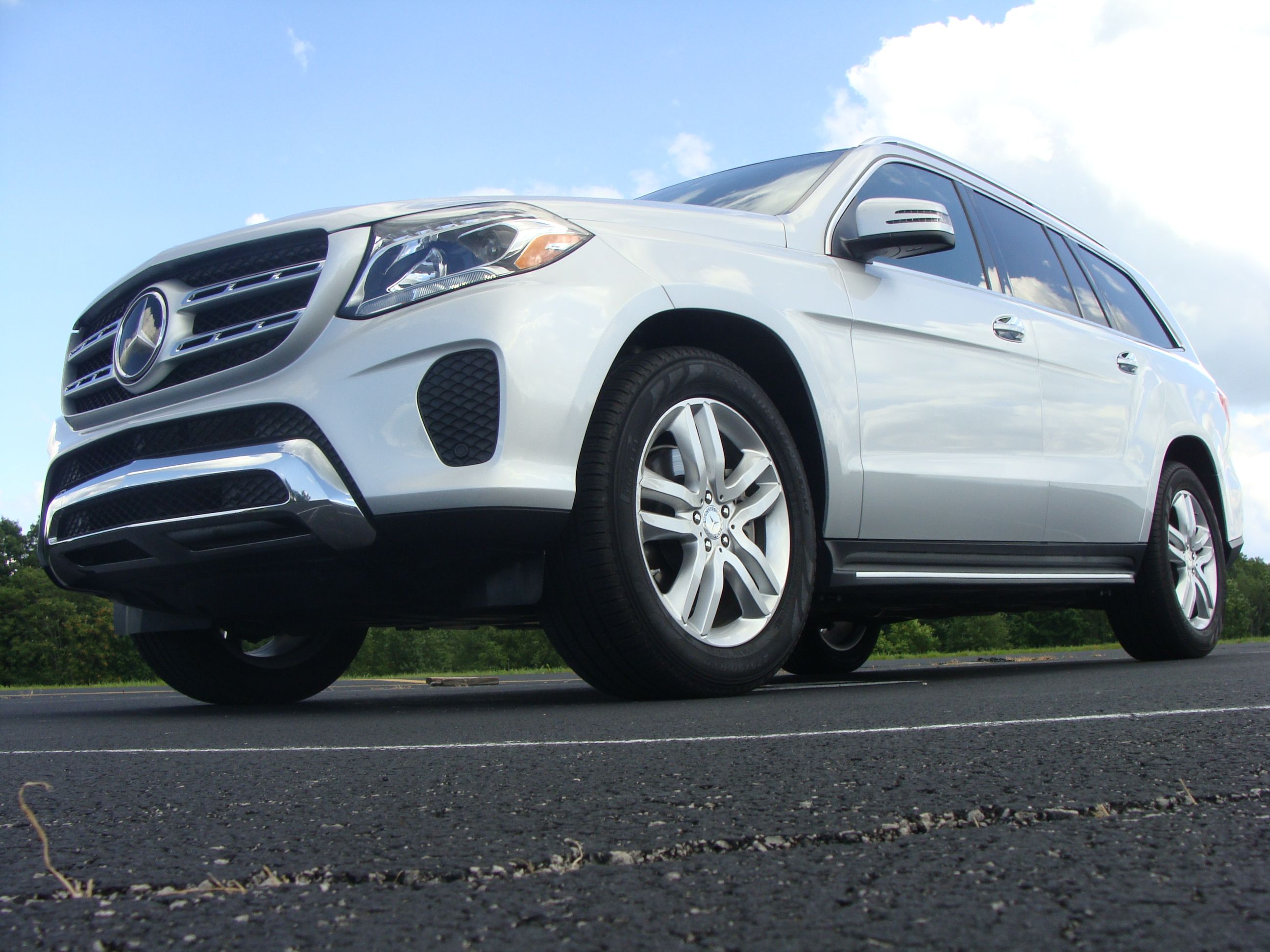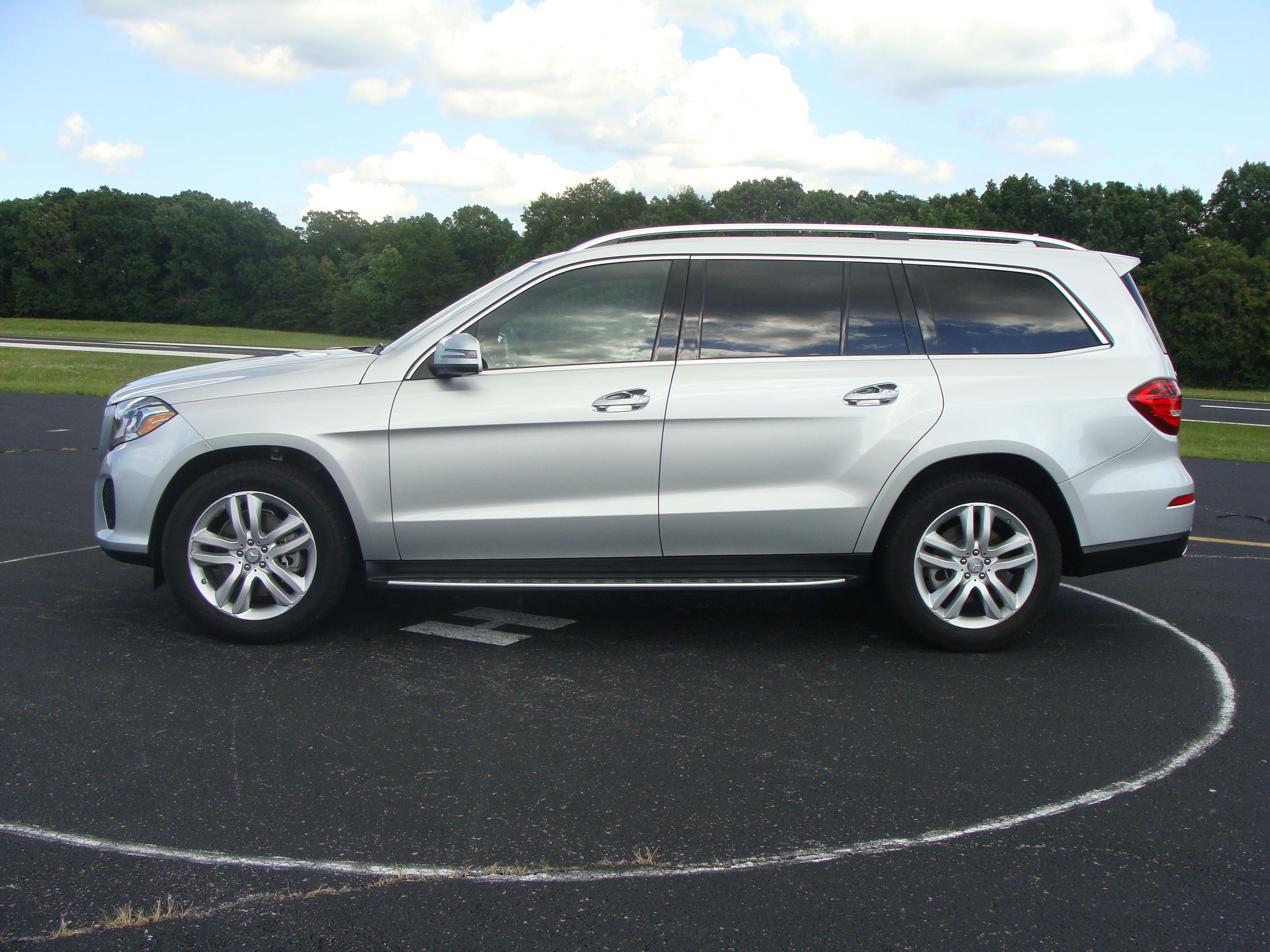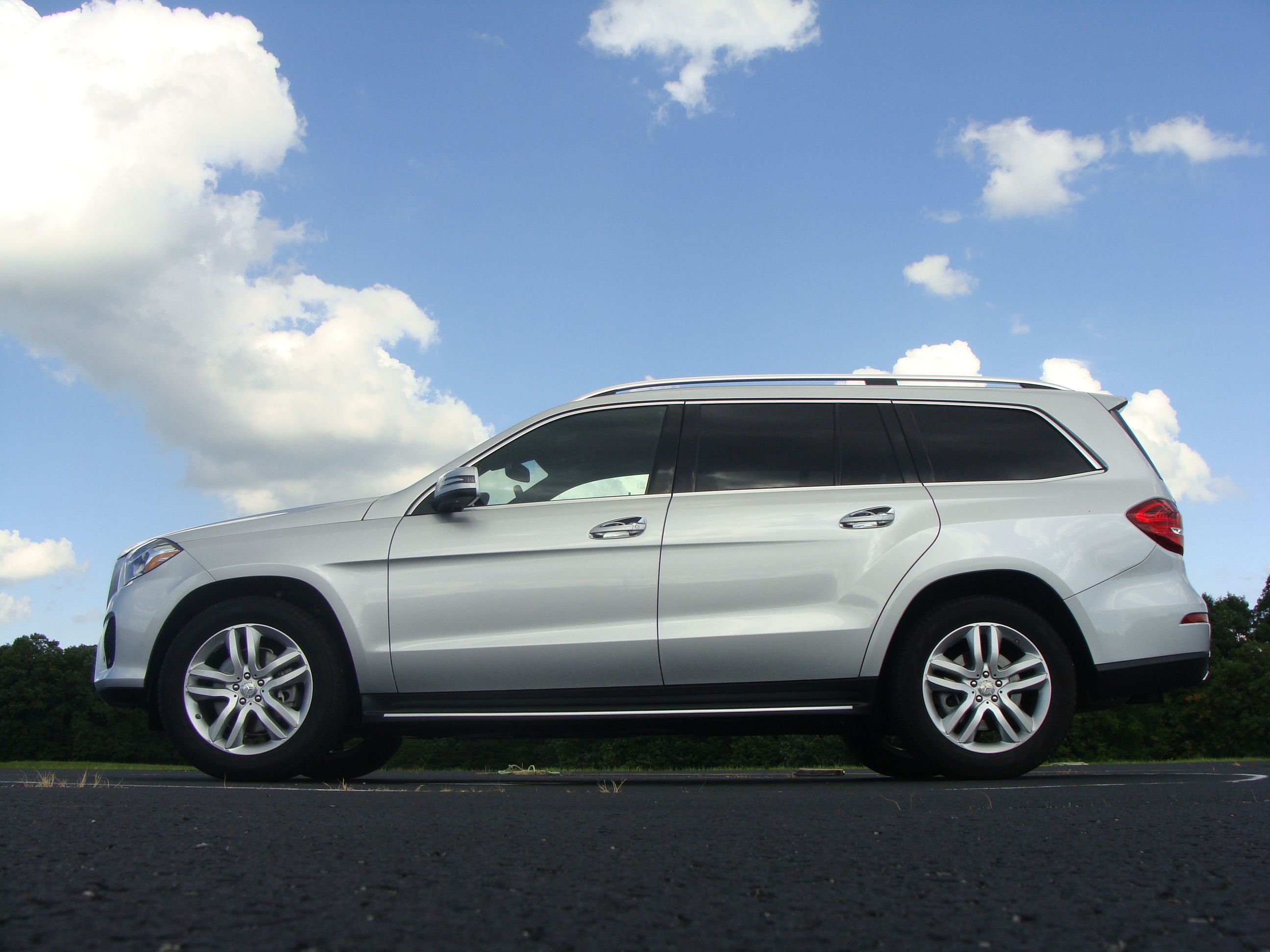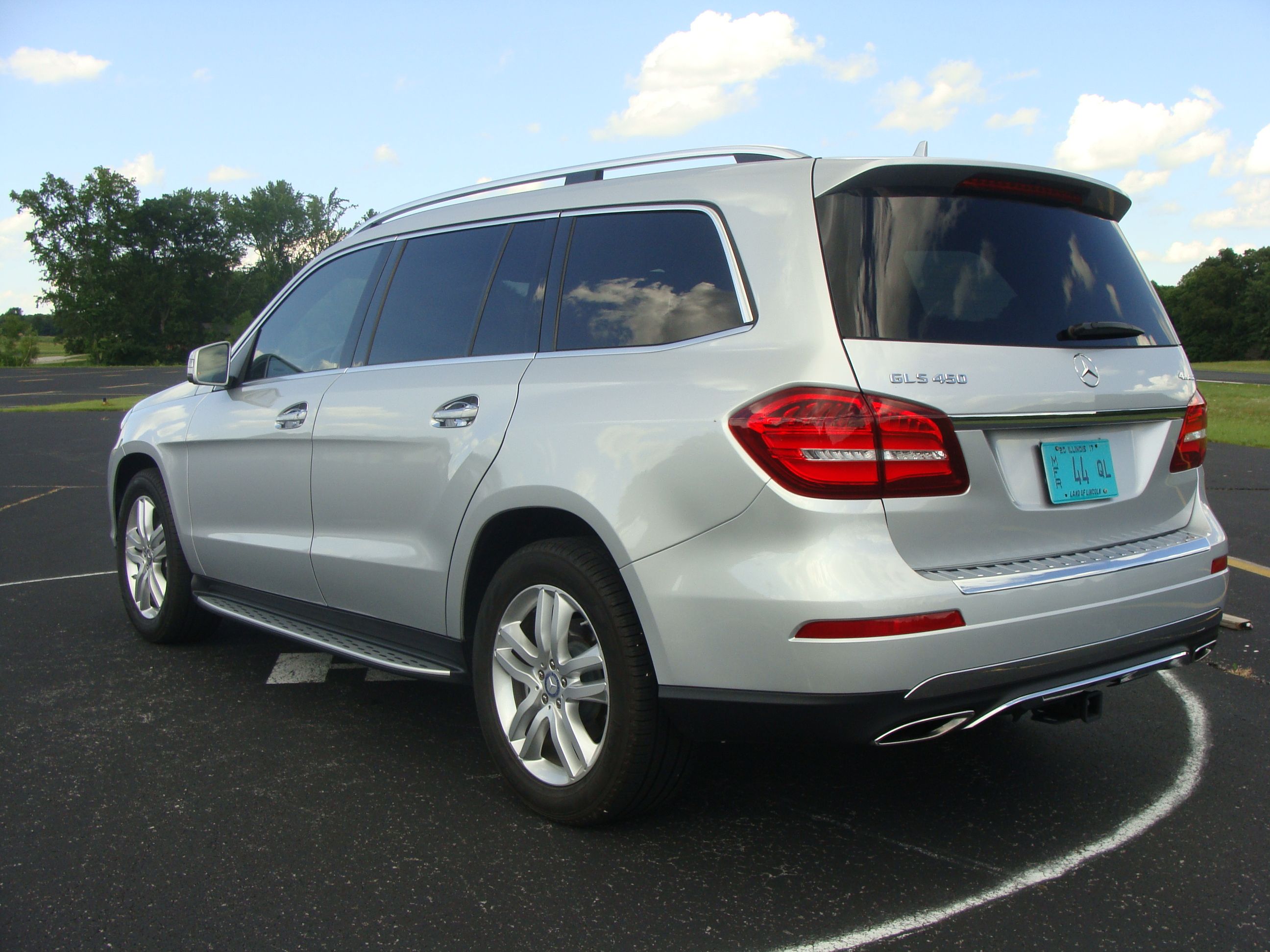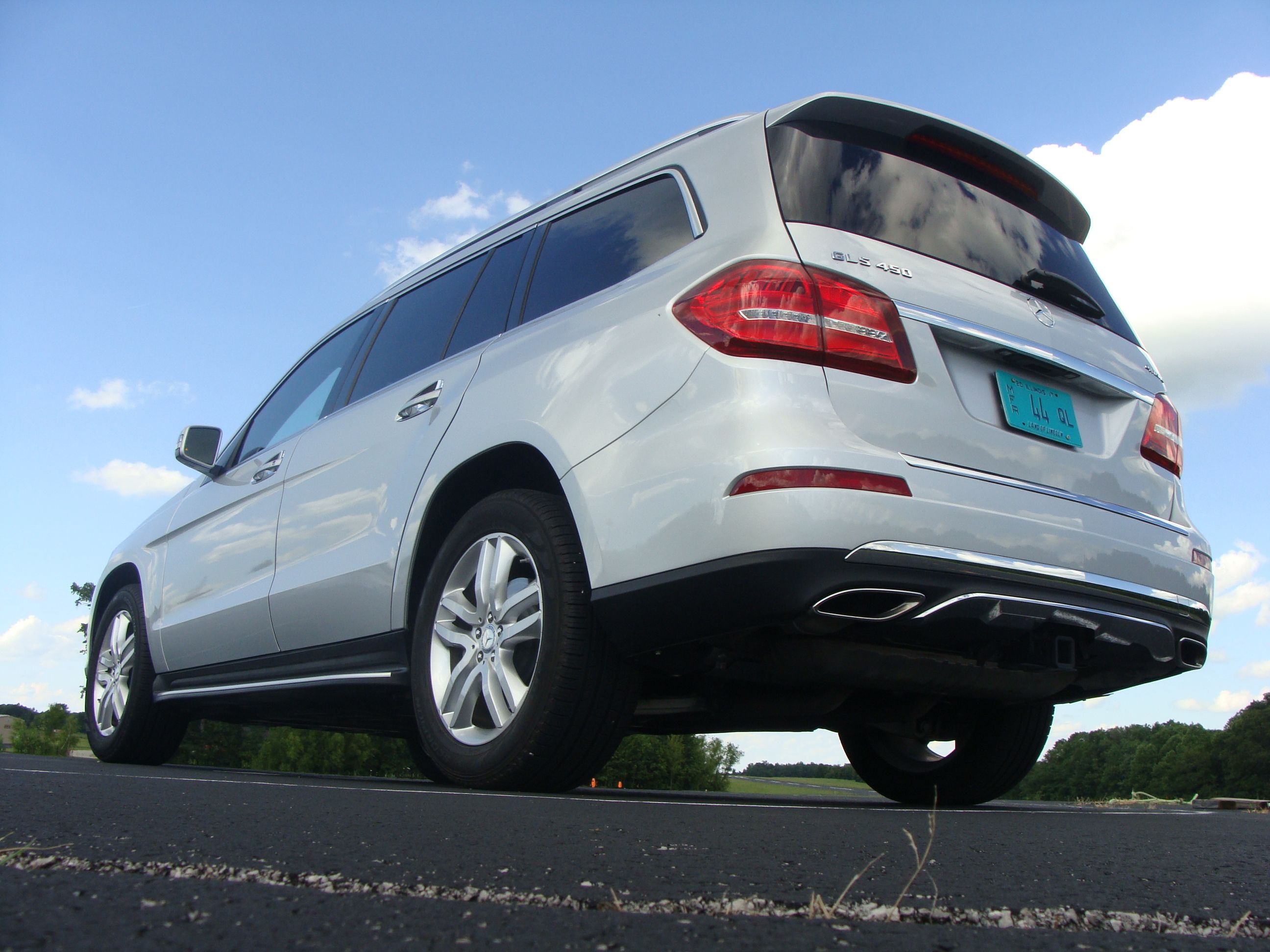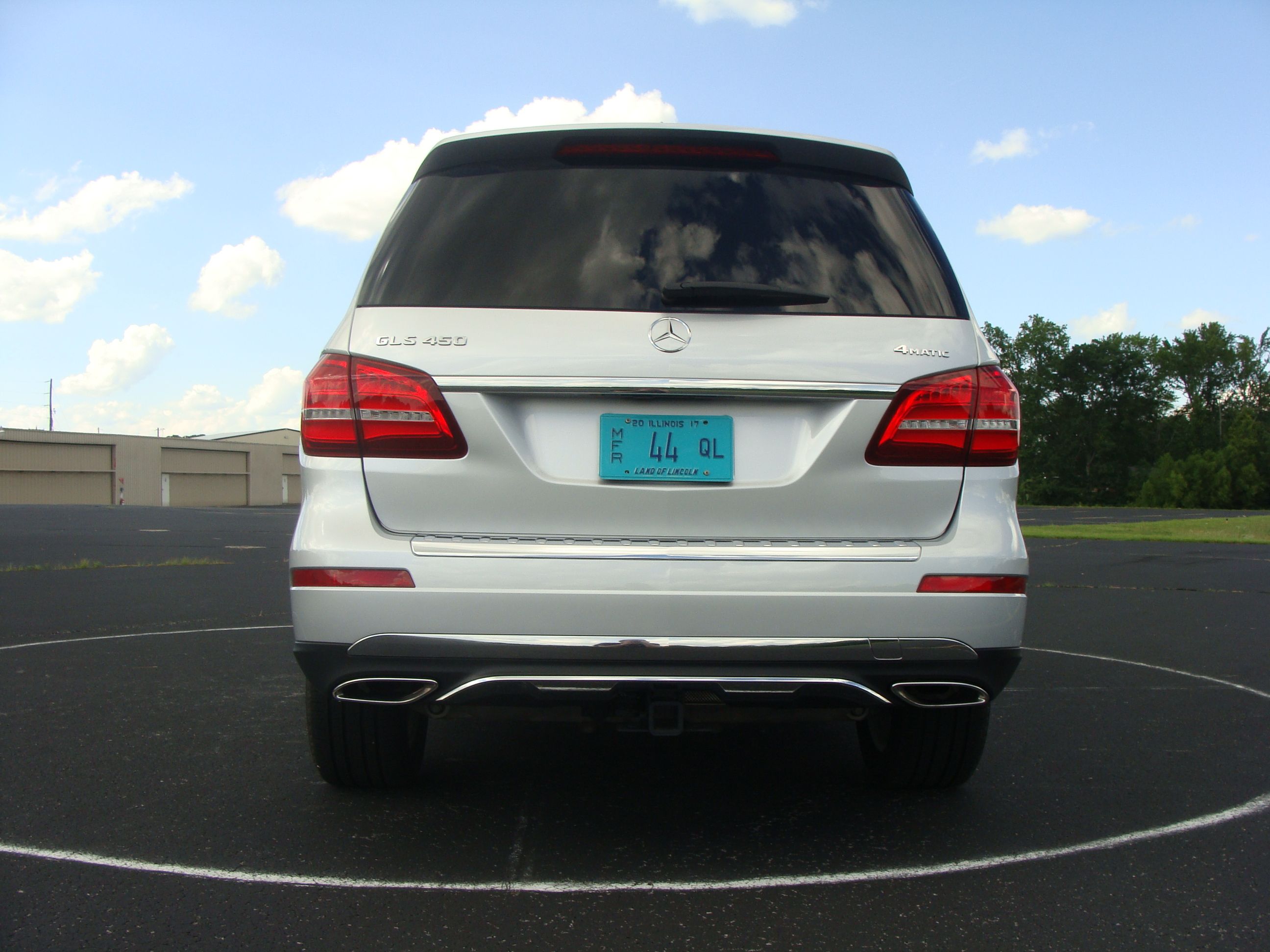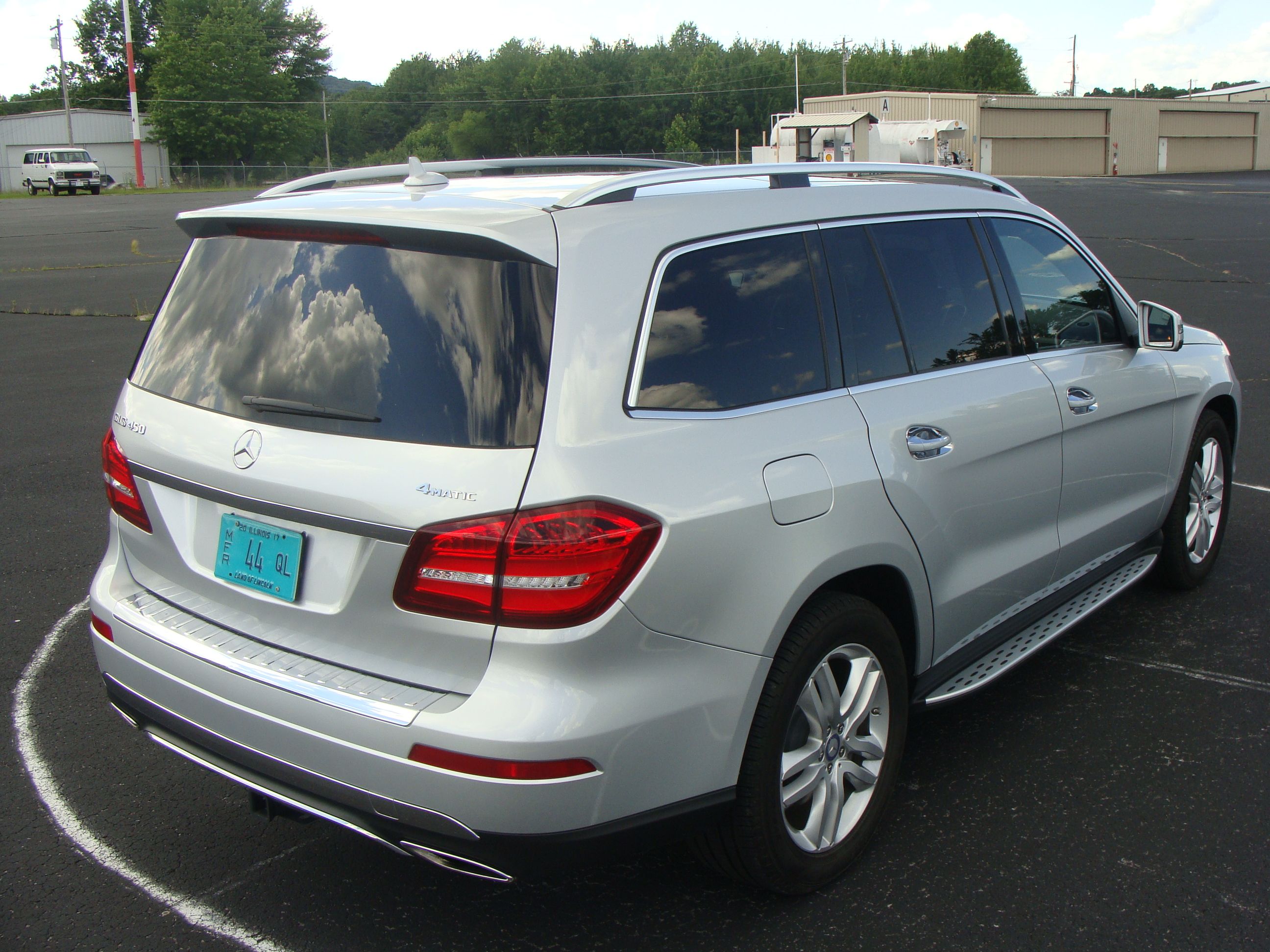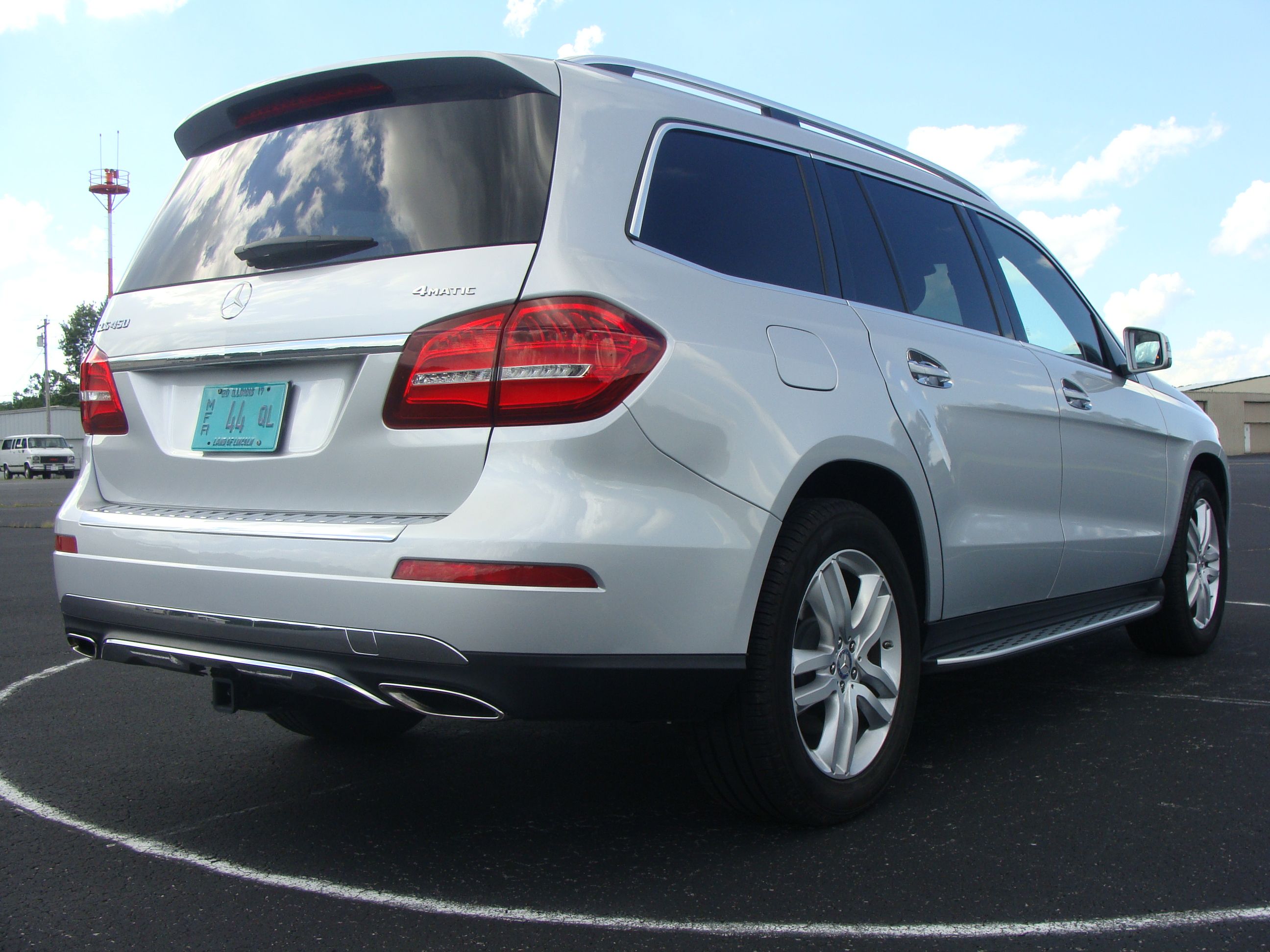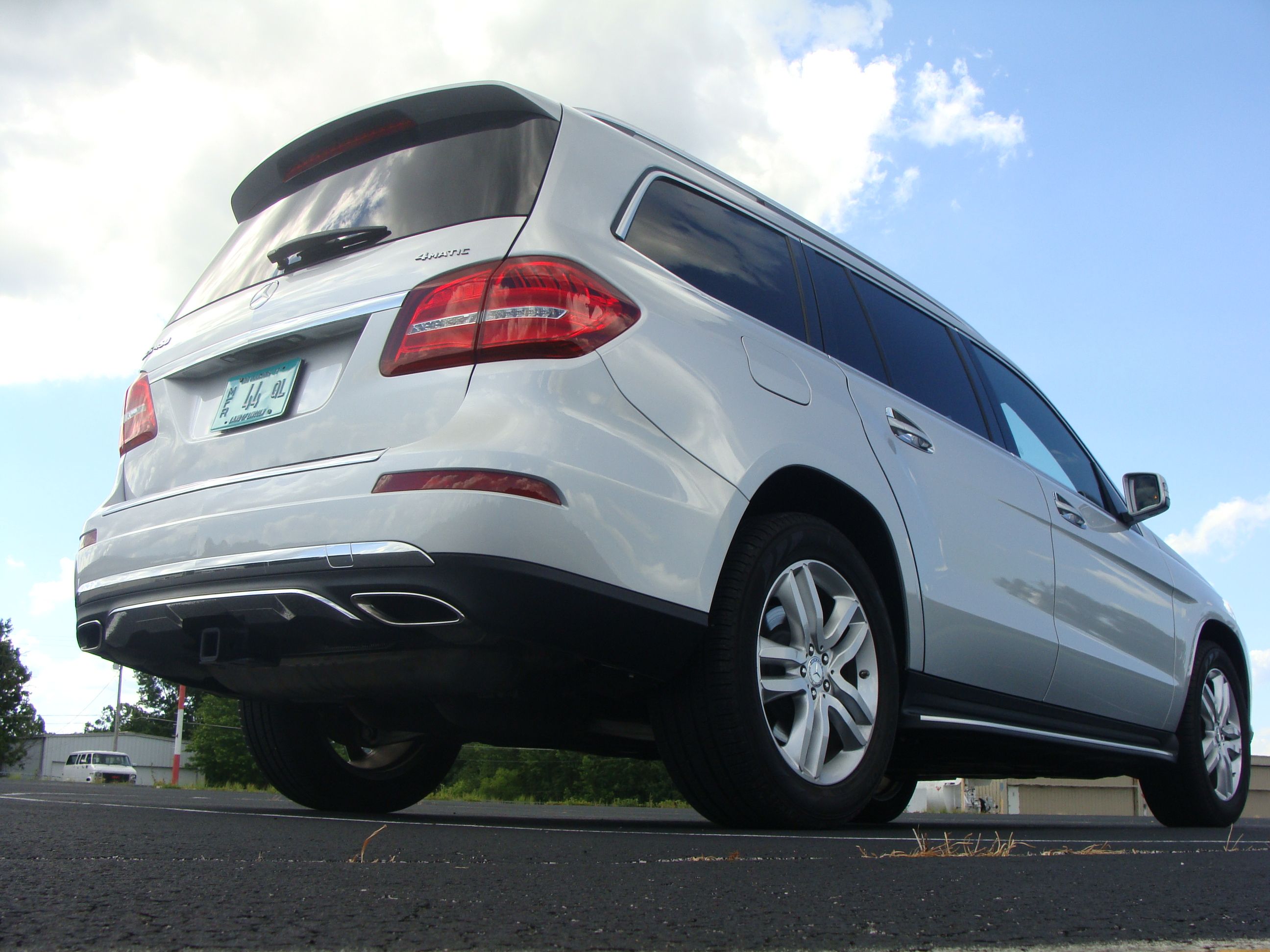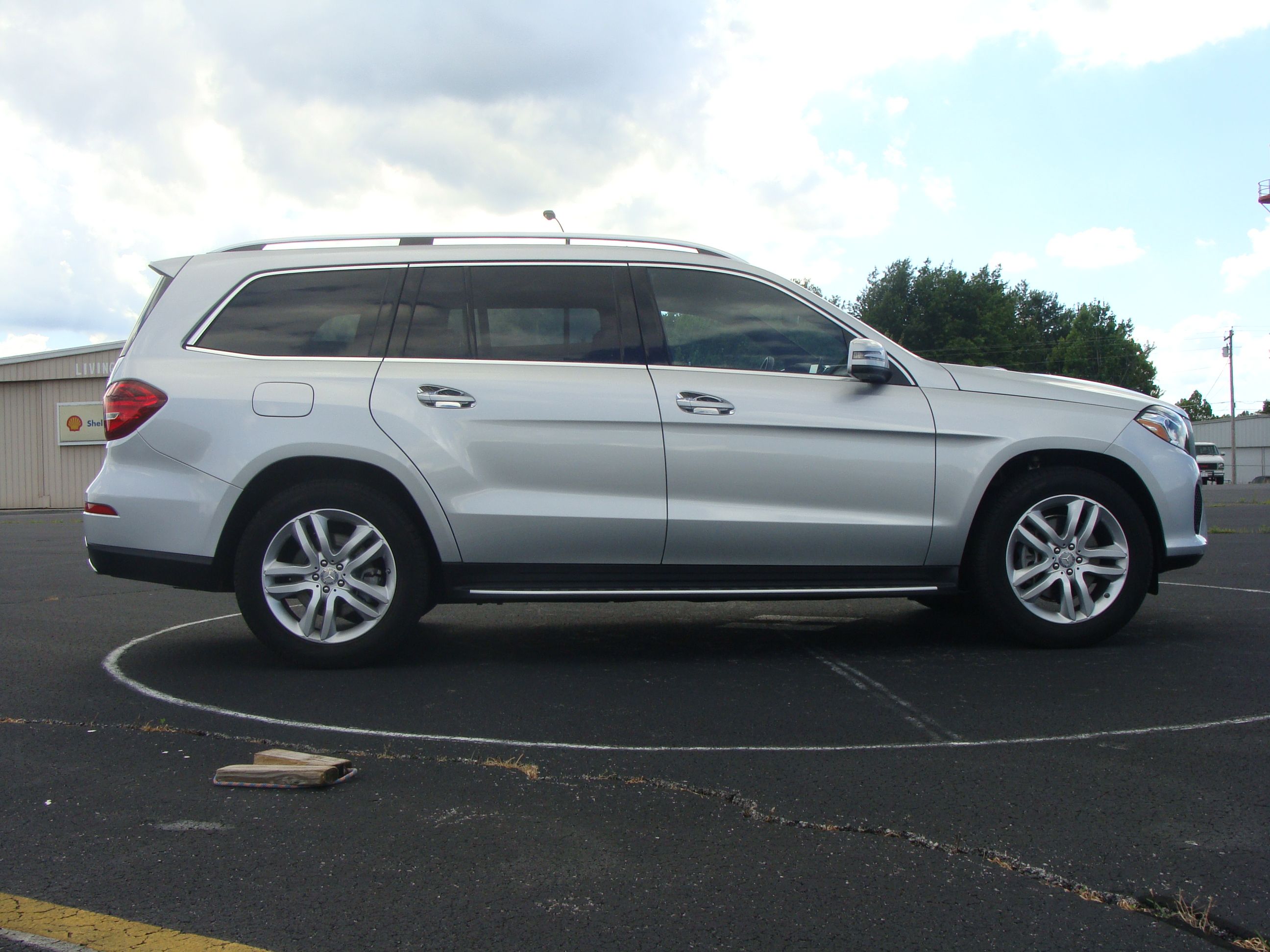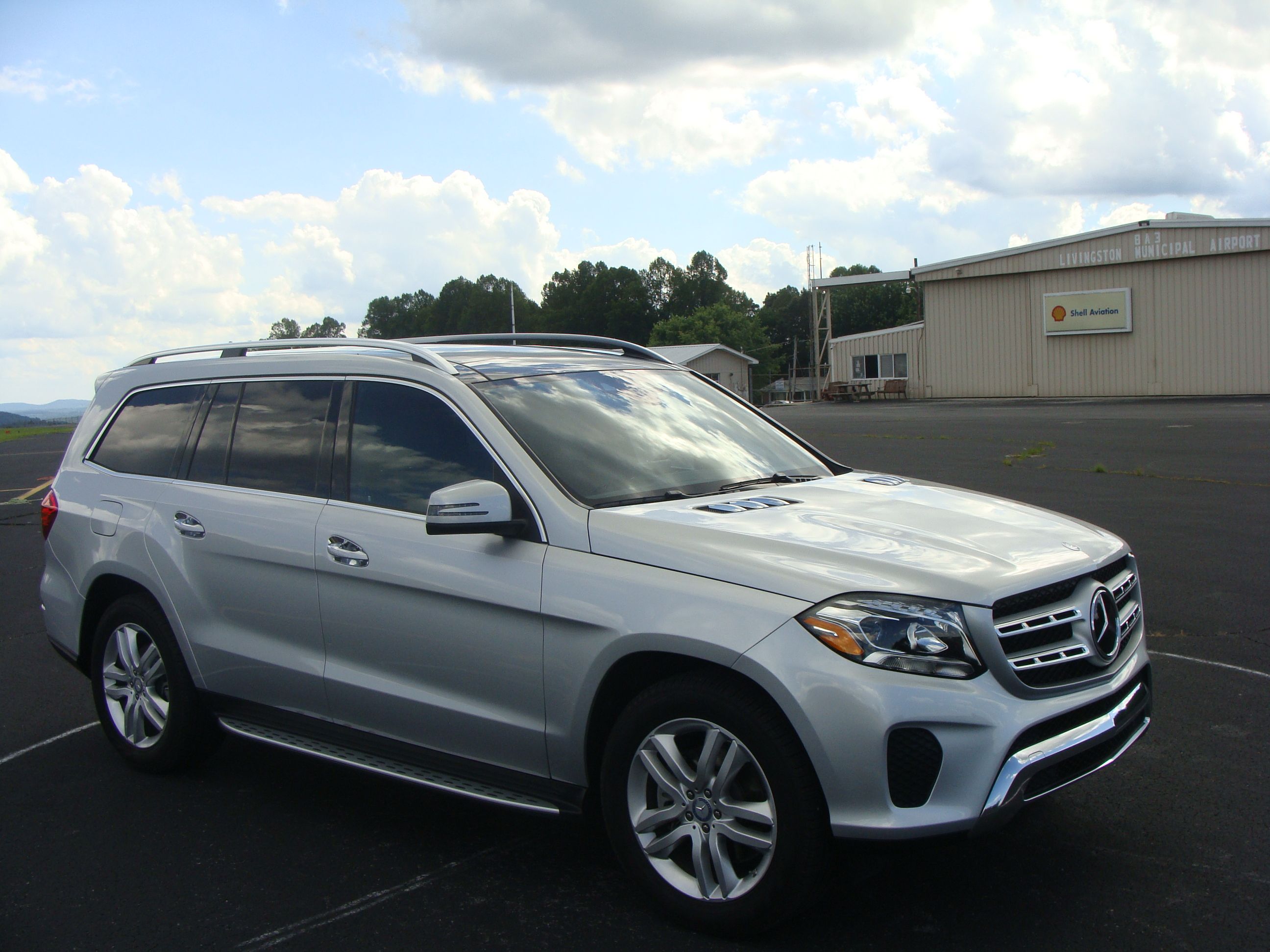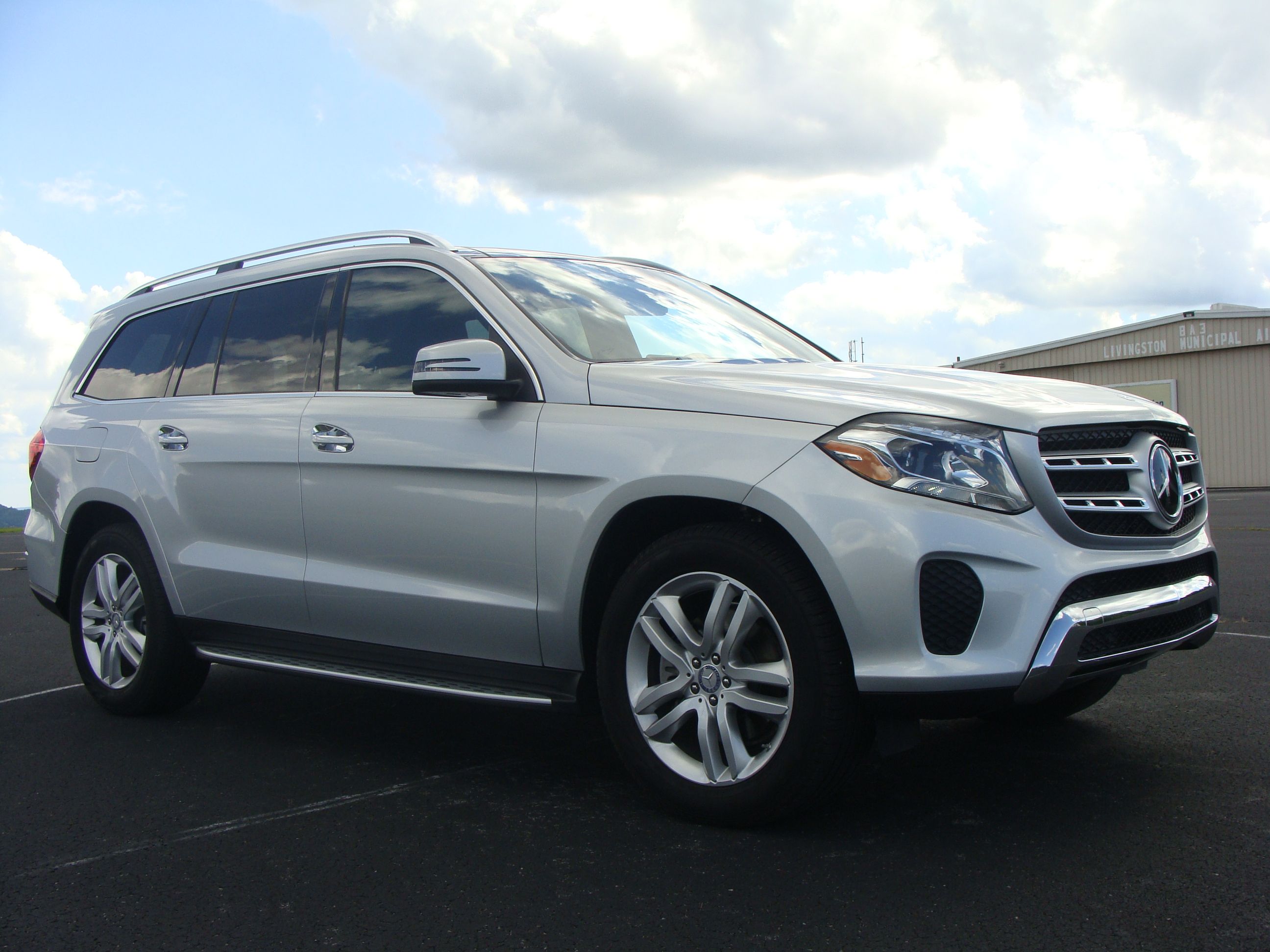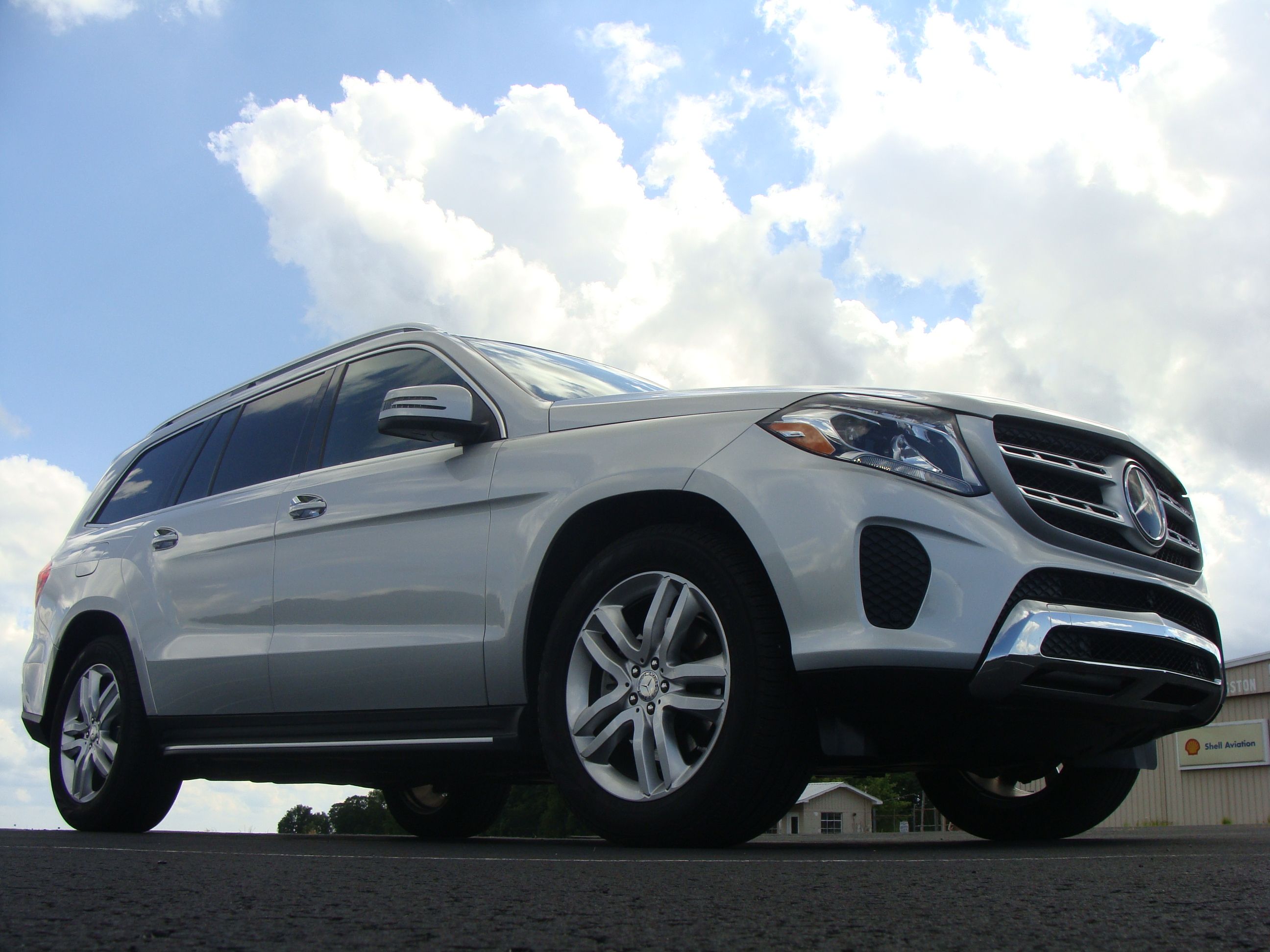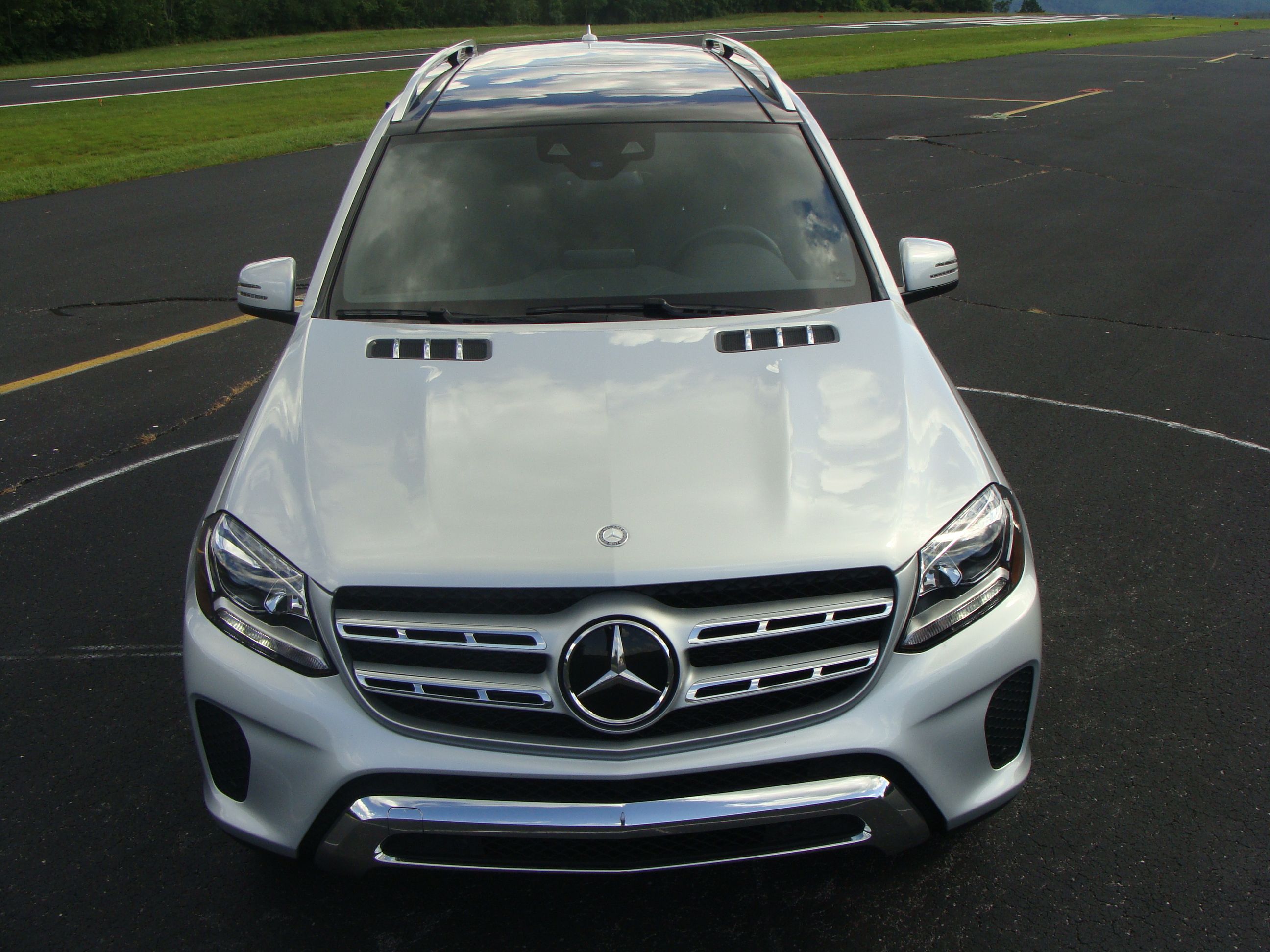It’s not often I get to say this, but a Mercedes-Benz might just be a better value than a Chevrolet -- if, that is, you’re looking at supersize SUVs.
For decades, the Chevrolet Suburban and its GMC counterpart -- now known as the Yukon XL -- have been near-insurmountable behemoths atop SUV Mountain. They’re huge. They’re capable. They make great road-trip vehicles if you can afford to feed them a steady diet of unleaded.
But now enters Mercedes-Benz with its GLS450. It threw my preconceptions about the word “value” out the window. When I laid eyes on it, I expected this would be an expensive SUV, and it is: My tester came in at $80,790. Sure, you can buy a Chevy Suburban much cheaper than that, with the base price of a Suburban starting just a few dollars shy of $50,000. But pile on the options to match my Mercedes-Benz GLS450 tester, and the ‘Burban soon loses most of its price advantage.
On top of it all, the GLS450 is better suited to hauling people since it’s not hiding a pickup truck-based frame and axle underneath its big body. There’s more room in this big Merc for passengers in all three rows. A Suburban’s third row isn’t somewhere adults typically want to find themselves for an extended period. The GLS450’s third row is perfectly suited to adult-sized occupants.
For that reason, and because the GLS450 can tow almost as much as a Suburban/Yukon XL, I came away impressed. This is a stunning value in its segment.
2017 Mercedes-Benz GLS450 - Driven
- Make: Array
- Model: 2017 Mercedes-Benz GLS450 - Driven
- Engine/Motor: V6
- Horsepower: 362
- Torque: 369
- Transmission: 9G-Tronic nine-speed automatic
- [do not use] Vehicle Model: Array
Design Notes
The 2017 Mercedes-Benz GLS450 is a good-looking beast.
Formerly known as the GL Class, the GLS450 is 202 inches long and 84.3 inches wide, according to Mercedes-Benz. It stands a reported 72.8 inches tall and rides on a 121-inch wheelbase.
On that considerable footprint rides a stylish body with plenty of modern-day Mercedes-Benz design trademarks. There is, of course, the large Three-Pointed Star on the shield-shaped grille opening. Muscular bulges and dual ventilation ports on the hood hint at the Merc’s muscles.
The side view sees a tall, squared-off greenhouse with lots of glass area that makes the cabin light and airy. A slight upward tick in the bottom sill of the side glass gives a sense that this big SUV can hustle when asked. The strongest crease just below the door handles flows from the front fender to a secondary, Z-shaped crease that forms the rear fender line and eventually touches the front corner of the taillight lens. Roof rails are visible from the side, for those who want to haul cargo on the roof, safari-style.
The rear view of the GLS450 is a lot less controversial with most audiences than the GLC300 Coupe I drove a few weeks earlier. The big, boxy form factor makes for an upright hatch. The rear hatch glass appears to wrap around the D pillar a bit. A more tastefully sized Three-Pointed Star adorns the center of the hatch, just above a strip of chrome that accents the lozenge-shaped taillight lenses. Dual exhaust tips at the base of the design once again hint at the performance potential of the GLS 450.
Drive Notes
The cabin of the GLS450 is a bit of a throwback to the way I think of Mercedes-Benzes of my youth. The seats were understated in their design, covered in MB-Tex leatherette, yet nonetheless supremely comfortable. The front seats were heated, but disappointingly for an $80,000 SUV, not ventilated. In hot temperatures, I’d want seat ventilation. It’s an available option that was curiously missing from my otherwise seemingly loaded tester.
The dashboard design was a good mix of old-school Mercedes pragmatism and new-age technology.
There were twin analog gauges in the gauge cluster, separated by a color information display that handled everything from trip computer to navigation duties. A large color touchscreen display headed up the center stack, where it sat on top of some rather dated-looking radio and phone controls -- including a phone dialpad not unlike one you might have seen in in the 1999 Mercedes-Benz S Class.
HVAC controls were more old-school than the last few Mercs I have driven, with dual-zone climate control dials marked in temperature increments instead of displaying temperature independently of the dials. At least M-B didn’t bury HVAC settings in the screen above. If it ain’t broke, don’t fix it, I guess.
But the drive was serene. Airmatic fully independent air suspension ensured that quality remained no matter how the GLS450 was loaded, or how it was driven. There was a drive mode selector in the center console that allowed me to toggle between Sport, Comfort, Snow, and Off-Road modes in addition to a customizable Individual mode. Even in Sport mode, when one would assume the suspension was its stiffest, the ride remained controlled and luxurious over bumps.
Powering my tester was a 3.0-liter V6 twin-turbo engine. Mercedes-Benz said it made 362 horsepower and 369 lb-ft of torque. That power seems a bit small for a 5,335-lb behemoth, but it never felt slow. I’d daresay it felt downright athletic when given a heavy right foot.
That power traveled through a 9G-Tronic nine-speed automatic transmission to all four wheels as part of Mercedes’ 4Matic all-wheel drive system. 4Matic provided great grip that kept handling predictable when I decided to click over to Sport mode on a rainy backroad on my way home from work one evening.
Left in its default Comfort mode, though, the GLS450 proved to be great at schlepping my kids to school and the babysitter, and it was a superb grocery-getter -- these are the chores for which I imagine most GLS450s will be used, in all honesty.
Front-seat occupants got 41.2 inches of headroom, 40.3 inches of legroom, and 58.5 inches of shoulder room. Second-row occupants -- my kids, naturally -- got 40 inches of headroom, 38.5 inches of legroom, and 58.3 inches of shoulder room. The third row, if used, had a surprisingly roomy 38.9 inches of headroom, 35 inches of legroom, and 50.5 inches of shoulder room. Fold the second and third rows, and you’ve got up to 93.8 cubic feet of storage back there.
Admittedly, I did fold the third row when I discovered the cargo area was quite small when the third row was in use. I needed the grocery space. Thankfully, stowing the third row is as easy as pressing a button just inside the cargo hatch. It whirrs away, creating a large, flat load floor in an instant.
Technology Notes
Mercedes included the $3,830 Premium Package on my tester, which brought with it COMAND navigation with three years of free map updates, Sirius XM satellite radio with six months of service, keyless entry and ignition, Apple CarPlay connectivity, blind spot monitor, lane keeping assist, ambient lighting with user-selectable color and door sill lighting, and a power-adjusting front passenger seat with adjustable lumbar support.
Overall, I’d call that package money well spent. I was disappointed, however, that the package did not include Android Auto integration in addition to Apple CarPlay. I test drove a Mercedes-AMG CLA45 about a year ago that had both. Why isn’t it available in this, “the S Class of SUVs,” as Mercedes calls it?
Also equal parts pleasing and confounding was the center console-mounted infotainment control device. There’s a large dial that is used to scroll through options on the infotainment screen, but there’s also a touchpad that arches up over the dial. If I rested my palm on the touchpad at all while using the control dial below it, the system often would pick up my palm’s touch as a “click” and I would end up selecting something on-screen that I didn’t want.
But the touchpad’s handwriting recognition feature was a delight when trying to pull up phone contacts -- a feature I’ve experienced in several other luxury marques. I came away thinking Audi does this better than Mercedes-Benz, with the touchpad integrated into the top of the dial and an easier-to-navigate infotainment system.
Mercedes-Benz mbrace mobile connectivity reportedly is available to owners of the GLS450. It offers a range of smartphone-connected features, including remote locking and start access, vehicle locating and tracking, remote diagnostics, and in-vehicle services such as Yelp and local search.
The Competition
Big SUVs from Europe’s and Japan’s premium brands might be the target, but viewed through the lens of the American SUV buyer, the GLS450 most clearly competes with the Chevy Suburban and GMC Yukon XL mentioned at the beginning of the article.
Chevrolet Suburban/GMC Yukon XL
The GM twins are longer than the GLS450 by 22 inches, but they’re significantly less comfortable than the big Merc, especially if you ever have to haul people in that third row.
In a nutshell, the pickup truck-based underpinnings of the GM twins make them a lot less pleasing to drive. The GLS450 is a relative pleasure on a curvy road compared to the big ‘Burban.
While it’s true you can get a base Suburban a lot cheaper than a base GLS450 ($49,915 vs. $68,700), there’s a lot of additional content in the Mercedes that makes it worth it. The standard air suspension makes every GLS450 better-driving than even the best-equipped Suburban or Yukon XL. There’s only so much GM can do with a big SUV that’s riding on a heavy-duty truck frame.
The Suburban may win with budget-conscious shoppers in this segment, or for those who place towing capability at the top of their priorities. But really, very few customers of this segment honestly haul around trailers that much, and the Merc can tow up to 7,500 lbs when properly equipped -- just 800 lbs shy of the Suburban’s 8,300-lb tow rating.
Read our full reviews on the 2017 Chevrolet Suburban and 2017 GMC Yukon XL.
Infiniti QX80
Hailing from Japan, the Infiniti QX80 is basically a really luxurious version of the Nissan Armada (or Patrol, for readers outside the U.S.)
The QX80 counters the GLS450’s air suspension with its own form of body control: hydraulics. The suspension automatically adjusts to driving conditions to provide better cornering and a smoother riding, according to Infiniti.
The interior of the QX80 does not disappoint for luxury-minded shoppers. A range of options include diamond-stitch seating surfaces and real wood trim that would not be out of place in the GLS450.
Infiniti’s 5.6-liter, naturally aspirated V8 may not be as refined as the GLS450’s twin-turbo V6, but it’s certainly muscular, pumping out 400 horsepower and 413 lb-ft of torque. However, Infiniti utilizes a seven-speed automatic transmission that is down two gears to the Merc’s nine-speed. QX80’s powertrain and stout, truck-based underpinnings allow it to top the Suburban’s tow rating of 8,300 lbs by 200 additional lbs, beating the GLS450 by half a ton.
While it’s not quite as large as the GM twins above, the QX80 is still a little bit larger overall than the GLS450, at 208 inches long and 75.8 inches tall. It’s slightly narrower than the Merc, at 79.9 inches. Head- and legroom hews quite close to the GLS450 in the first two rows, with a minor advantage in second-row legroom going to the Infiniti, but the QX80 has the same problem as most truck-based SUVs: The third row suffers with just 36.8 inches of headroom and 28.8 inches of legroom.
Where Infiniti’s clearest advantage lies is in price. Its base price is about $5,000 cheaper than the GLS450. Unlike the GM twins above, that advantage actually grows wider as you tack on more options -- because the base Infiniti is a lot closer to the equipment level of the base GLS450 than a base Suburban is. A QX80 Signature Edition with four-wheel drive and all the same options as my GLS450 tester comes out to an MSRP of $72,570 -- a considerable $8,220 savings.
Read our full review on the 2018 Infiniti QX80.
Ford Expedition/Expedition Max
Ford does play in this segment with its rather large Expedition SUV and its lengthened sister, the Expedition Max. However, it is clearly still a Ford at the end of the day.
Newly freshened for the 2018 model year, the Expedition has recently gone on somewhat of a diet like the F-Series truck upon which it is loosely based. With a lighter body made possible by aluminum (previous generations of the Expedition were made of steel), it reportedly lost nearly 250 lbs of mass.
Unfortunately, that didn’t change how large the Expedition feels behind the wheel. Like the F-150 pickup truck, handling is not confidence-inspiring, and the steering feels overboosted and disconnected from the road.
Ford wins points for its powertrain expertise, however, with a twin-turbo V6 of its own displacing 3.5 liters and cranking out a stout 400 horsepower and 480 lb-ft of torque. In a drag race against the GLS450, the Expedition would easily win. Perhaps this powertrain is the secret in giving the Expedition the greatest tow capacity of our competitors, at 9,200 lbs -- another win for Ford.
It won’t win on look and feel, however. To get the niceties of my GLS450 tester, you’d have to spring for a top-level Platinum Expedition, which can crest the Merc’s $80,000 price tag. That’s a lot for a Blue Oval product that doesn’t have “Shelby” in the name, especially considering the budget-friendly materials that will still be easily seen and felt in the Expedition’s cabin.
Read our full review on the 2018 Ford Expedition.
Conclusion
The Mercedes-Benz GLS450 looks and feels like the S Class of SUVs, and its unibody construction beats the body-on-frame construction of most of its competitors by a large margin, if you care about hauling people or just enjoying the drive.
It’s not often you can say a Mercedes-Benz is competing on value, but that’s definitely the case here. Many of its competitors may start at cheaper prices, but they don’t have the equipment seen in the GLS450 at those prices. Once you pile on the options to make them comparable, you’re soon staring at $70,000 to $80,000. And if you’re looking at that kind of expense, why not buy the Mercedes?
It’s a question I think many shoppers of loaded SUVs in this segment should ask themselves.
Disclosure: Mercedes-Benz provided the vehicle, insurance, and a tank of fuel for this review.
References
Mercedes-Benz GLS
Read our full review on the 2017 Mercedes-Benz GLS.

